|
At the mention of Verona, Italy, I can’t help but think of Shakespeare’s Romeo and Juliet. It tends to conjure up romantic images of Juliet standing on a balcony professing her love for Romeo. The enchanting province of Verona is located at the foot of the Lessini Mountains and is partially encircled by the Adige River in northern Italy’s Veneto region. It is about 65 miles to the west of Venice and a short distance from Lake Garda to the north. There is much to see and do in Verona, from visiting medieval castles and Roman ruins to the famous Piazza delle Erbe where one can sip an aperitivo in one of the many outdoor cafes. But beyond these attractions lie the great wine vineyards that surround Verona including the Custoza DOC wine region also known as Bianco di Custoza. Although one might tend to associate Verona with such wines as Amarone, Bardolino, Valpolicella and Soave, the wines of Custoza should not be overlooked and are worth exploring. Custoza DOC is known for its white wine production and while on a press trip to this region last month I visited several wineries and was introduced to these fresh and lightly aromatic wines. Vine cultivation has its roots in this area dating back to Roman times. However, it wasn’t until the mid 19th century that the focus for wine production was specifically associated with the name Custoza, which is a historical village in the municipality of Sommacampagna. In 1939 the Experimental Station of Viticulture and Oenology of Conegliano conducted a study that identified some of the best wine-growing areas in the western province of Verona and the Sona-Custoza area was among them. In 1971, Custoza was established as a DOC and The Consorzio Tutela Vino Custoza (The Consortium for the Protection of Custoza wine) was founded in 1972. The Consortium presently represents 70 wineries, two cooperatives and 500 winemakers with vineyards covering about 1400 hectares. The vineyards are located between Lake Garda and the city of Verona with ideal south and southwest exposure in the moraine hills. Morainic soil from ancient glaciers is rich in minerals and contributes to the characteristic minerality and flavor that these wines are known for. The wines are also characterized by the microclimate of the DOC Custoza area. Hot summers and cold winters balanced with gentle breezes from Lake Garda tend to be consistent and contribute to the development of aromas of the white grapes. Under Custoza DOC rules, only nine grape varieties are allowed in the production of the wine, most of which are indigenous grapes. The wines are a blend of anywhere from three grape varieties up to seven or more. Garganega, Trebbiano Toscano and Trebbianello must be part of the blend. However, Bianca Fernanda has become a favorite grape variety to include in the blend as it brings a subtle aromatic scent to the wine. The other five grapes permitted are Malvasia, Pinot Bianco, Manzoni Bianco, Chardonnay and Riesling Italico. The final blend of the grapes is a work of art and each winemaker imparts his or her own style with consideration for the various soils as well as early or late-ripening grapes when blending. Traditional Custoza Bianco DOC must be a minimum alcohol level of 11% and aging is a minimum of three months. Custoza Superiore DOC is a blend of the best grapes, old vines and lowest yields. Alcohol level must be a minimum of 12.5% and aging is a minimum of five months. Generally speaking, the Custoza DOC wines range from pale yellow to golden hues. They tend to be lightly aromatic with fresh fruit and floral aromas. On the palate, one can taste the minerality in addition to flavors ranging anywhere from green and stone fruit to tropical notes. Some wines are meant to drink now while others are age-worthy. We visited three wineries, each with their own unique blends that imparted a lasting impression on my palate. Although all three wineries have vineyards throughout Verona and produce quality red wines as well, my main focus for this story are the wines of Custoza DOC. Monte Del Frà is in the heart of Custoza and is owned by the Bonomo family since 1958, but its history dates all the way back to 1492. Beginning with Massimo Bonomo, Monte Del Frà has been handed down from one generation to the next over the past 60 years. Massimo’s sons Eligio and Claudio represent the second generation who are now joined by the third generation of Marica, Silvia and Massimo who all work together to make quality wine. Marica, with abundant enthusiasm, led us on a tour and guided wine tasting. The Monte Del Frà vineyard is comprised of 15 hectares surrounding the winery headquarters in Custoza, which grow the grape varieties Fernanda, Garganega, Trebbiano Toscano and Trebbianello. It is one of 11 territories that the Bonomo family owns throughout Verona, making for approximately 137 hectares in total. Monte Del Frà practices sustainability in the vineyard as well as in the winery. In the vineyard, they apply the technical procedure of integrated defense. Marica said that one of their secrets is “we just use herbs, no pesticides”. What isn’t a secret are the refreshing, fruity and mineral-driven wines that they produce. They reflect the mirror of the terrace and the passion and dedication of the family. We tasted five wines that represent the essence of Custoza. Custoza DOC 2018 is a blend of Garganega, Trebbiano Toscano, Tocai Friulano, Cortese, Chardonnay, Riesling Italico and Malvasia. This lightly aromatic wine is fresh and fruity with lots of minerality. The flavors range from apple and peach to tropical and floral notes. It is dry and there is a nice balance between the floral and minerality. Marica said, “This wine is a style of life and a passport to being you. It is to drink, relax and be stress-free.” Cá Del Magro Custoza Superiore DOC 2016 & 2017 is a blend of Garganega, Trebbiano Toscano, Cortese, Chardonnay, Riesling Italico, Malvasia and Incrocio Manzoni. The grapes are sourced from the Cá Del Magro vineyard from vines that are 30 to over 50 years old. Both wines are complex and very aromatic. They are layered with lots of fresh fruit, sweet apple, citrus, floral and minerality. The 2016 vintage showed more minerality on the nose with a mellowed palate, but as Marica said, “It is still complex and perhaps a touch more sophisticated”. Bonomo Sexaginta Custoza Superiore DOC 2015 is a blend of Garganega, Cortese, Trebbiano Toscano, Incrocio Manzoni, Pinot Bianco and Riesling Renano. Fermenting in oak and acacia small barrels adds richness to the wines. A lovely golden hue leads to notes of honeysuckle, hints of kerosene, soft white fruit and a touch of herbs. It was quite different from the other wines that I tasted but it had its own mystique and aromatic qualities that were quite pleasing to the palate. Photo The last wine that we tasted was not part of the Custoza DOC wines, but I thought it was worth mentioning. Colombara Veronese IGT Garganega 2015 is 100% Garganega. This wine is produced from 60+-year-old vines in Oliosi, a hamlet in the commune of Castelnuovo del Garda. This is a rich and succulent wine with lots of floral aroma and stone fruit that leads to a palate of elegant fruit and spice. It is nicely balanced with minerality, savory and acidity. Monte Del Frà calls this wine “a red wine disguised as a white”. Azienda Agricola Cavalchina is located in the ancient Cavalchina district of Custoza. It was the site of the first and second War of Independency during the Risorgimento in 1848 and1866. The Ossario Monument that can be seen from the winery was erected in remembrance of all the Austrian and Italian soldiers who died in these wars. Francesco Piona, third generation in this family-owned estate, met us at the front gate of the winery. The estate was purchased in the early 1900s and the first vineyard was planted in 1942. Cavalchina is recognized as a pioneer in embracing the name ‘Custoza’ and they decided to put it on their wine labels. They made a decision to stop selling their white wine as ‘Soave’ and in 1962 they became the first winery in Custoza to label and promote their white wines made from Fernanda, Trebbiano and Garganega as ‘Bianco di Custoza’. And by 1971, Custoza DOC was established and became the standard label. All the grapes are hand-harvested from three vineyard areas that cover over 110 hectares. Francesco said, “This is an ancient land and the soil is deep and rich. The wine is a complete expression of the mineral part of the terroir.” With the grapes maturing at different times, each variety must be vinified separately when making a blend. The yields are kept very low to produce healthy grapes. We began our tasting with an entry-level wine and then moved on to a vertical tasting of Amedeo Superiore DOC. Custoza DOC 2018 is a blend of Garganega, Fernanda, Trebbiano and Trebbianello. Subtle floral aromas and minerality segue onto the palate with notes of stone fruit. This is a fresh and lively wine with a surprisingly rich texture. Amedeo Superiore DOC 2018, 2010, 2007 Prince Amedeo of Savoia fought in the Third Italian War of Independence in 1866 near the Cavalchina estate. To honor his memory the wine is named after him. He is also remembered on a memorial stone at the entrance of the winery. All three wines are a blend of Garganega, Fernanda, Trebbianello and Trebbiano. They are complex and rich. It was an impressive tasting and a tribute to the aging ability of these wines. Photo of son Amedeo Superiore DOC 2018 is imbued with a rich palate of soft floral and minerality notes. Stone fruit, apple and hints of citrus are balanced with bright acidity and a hint of almond on the finish. Amedeo Superiore DOC 2010 was the last vintage that was made with oak. Notes of floral, minerality, petrol and citrus led to a rich mouth-feel with hints of oak, savory and nice acidity. Amedeo Superiore DOC 2007 Dark yellow with age, this wine was impressive. Petrol, minerality, floral and a touch of honey on the nose segued to a pleasantly rich palate of soft fruit and a hint of spice and herbs. It was elegant! Gorgo Wine Estate is a small family-owned estate located in the village of Custoza. Dr. Roberto Bricolo originally bought the land as an investment in 1970 and used it to farm vegetables. His son, also a doctor named Roberto, founded the winery in 1973, and his daughter Roberta after attending law school, returned to Gorgo to take over the winery and eventually became the owner. What began with 22 hectares in Custoza is now over 60 hectares that are organically cultivated and the vineyards are spread throughout Bianco di Custoza and Bardolino production areas. As of 2018, Gorgo vineyards are organically certified. This was our last stop in Custoza and it was quite memorable. Not only were we treated to a royal feast, but we also tasted many “juicy” wines that included some exciting reds. Perlato Custoza DOC Spumante Brut We began the evening with a refreshing glass of Spumante. It is a blend of Trebbiano toscano, Garganega, Cortese and Durello made using the Charmat method. This is a light and zesty wine with fine bubbles and soft fruit. Custoza DOC 2018 This is Gorgo’s classic wine and bestseller. It is a blend of Garganega, Bianca Fernanda, Trebbiano toscano, Trebbianello and Incrocio Manzoni. This wine has all the classic notes one would expect of a Custoza wine. It has great aromatics, beautiful fruit notes with hints of pear and apple and minerality. San Michelin DOC 2018 This is a reserve wine made with Garganega, Cortese and Riesling that are harvested from 50+-year-old vines. The winemaker said, “The wine rests for six months and isn’t disturbed. It is allowed to develop with smells from the vineyard. The 2018 vintage was a great year.” Indeed, the wine is rich with a creamy mouthfeel and soft white fruit and citrus. It is beautifully balanced between savory and fruit. Summa Custoza Superiore DOC is elegant. It is a blend of Garganega, Bianca Fernanda and other varieties like Trebbiano and Trebbianello. The grapes are hand-harvested from ancient vineyards, (50 to 60 years old). Exotic floral scents, orange blossom, stone fruit and sweet spice spill onto the palate with ripe tropical fruit and the minerality really shines through. This is an opulent and complex wine with perfect acidity and silky mouthfeel. It was a great finish to a perfect evening! In between visiting the wineries, we stopped for lunch at Trattoria Colli Storici to feast on the local cuisine and Custoza wines. The wines paired beautifully with all the dishes served, including dessert! Custoza DOC wines are very approachable and food-friendly as proven by all the wonderful cuisine we sampled along with the wines. The next time you’re in Verona, take a ride to Custoza and treat yourself to a feast of wine and food. In the meantime, pick up a bottle or two at your favorite wine shop. I can’t wait to add a few bottles of Custoza wines to my collection. Until next time...
Having visited Sicily a few times over the past three years, I had the opportunity to spend time at many wineries, drink a variety of memorable wines and indulge in mouthwatering cuisine. I completely fell in love with the beauty and culture of the island. I have traveled from Catania to Trapani and in-between and even spent time on the enchanting island of Pantelleria. However, the one area of Sicily that still eludes me is Mt. Etna. Thanks to Donnafugata, I was recently gifted a holiday basket that included a bottle of their Fragore Etna Rosso DOC, one of the newest editions to their portfolio. After one sip my palate did a happy dance as I was momentarily transported back to Sicily. I have written numerous stories and reviews about Donnafugata that you can read under the category “Donnafugata” on the right-hand side of this page. So, without further ado, I’m heading straight to Mt. Etna…at least my palate is! In addition to four other areas with vineyards spread across Sicily, Donnafugata has approximately 18 hectares of vineyard production on Etna in eastern Sicily and all 18 hectares are in the DOC zone. The vineyards are located on the north side of the volcano and are spread out among 5 districts, with the highest altitude of 750 meters above sea level in Randazzo. While this area benefits from the Mediterranean climate, the proximity of the very active Mt. Etna volcano plays an important role in the surrounding soils. This soil is rich with volcanic nutrients thanks to volcanic ash and rock, which in turn provides nutrients to the grapevines and ultimately helps to create more concentrated flavor and complexity in the wines. The soils for this particular wine are rather unique as explained on Donnafugata’s website. “With its eruptions, Etna produces “sciare”, accumulations of lava, that through long physical-chemical processes give rise to the sandy, and therefore cultivable, soils on the slopes of the volcano. Each lava flow, that took place in different historical periods, determines a specific composition of the terrains: this is the imprint that makes the wine from a micro-territory unique. In particular, the lava flow of Montelaguardia, where the cru Fragore is produced, dates back to 1614-1624.” Donnafugata Fragore Etna Rollo DOC Contrada Montelaguardia 2016 This first vintage wine is made with 100% Nerello Mascalese. The grapes are sourced and handpicked from Montelaguardia area of Randazzo and vinified at Donnafugata’s winery in Randazzo. Aging took place in French oak barrels for 14 months and then a minimum of 10 months in the bottle before release. A bright color of red raspberry leads to a beautiful bouquet of floral, red berries, cherry, sweet spice, minerality and a whiff of smoke. The palate offers a profusion of berries, cherry, minerality and hints of balsamic and anise. Spice and sour cherry linger on a long and luxurious finish. This is an elegant wine that is delicately balanced with refreshing acidity and tannins. This complex wine brings the essence of Mt. Etna to your palate! Serve with grilled meat, tuna and spicy or tangy cuisine. Alcohol: 14.5% SRP: $85 Fragore literally means ‘crash or thunder’ in Italian, and the interpretation here is that of “thunder’ alluding to the explosive and volcanic thunder of the volcano. Every whimsical label of Donnafugata wines tells a story called “Dialog With Art” that I like to include with my reviews. Here is the dialog for Fragore. “Donnafugata is “projected” towards the future, like an object launched into space, attracted by invisible gravities. Illustrator Stefano Vitale captures this perpetual motion perfectly in the latest label of Fragore that represents the volcano’s roar. Donnafugata continues its journey towards the most remote corners of Sicily: east to Vittoria and then up to the highest point on the island, on the Etna volcano.”
The next time you want to experience the wonders of Mt. Etna, pour a glass of Fragore and immerse yourself in the magic of Sicily! Until next time… Cheers! Penina To leave a comment or if you have an inquiry, please contact me at [email protected] If you are looking for expressive French wines that will please your palate, includes a vast range of styles, are food-friendly and won't put a dent in your wallet, then read on. Southwest France, (Sud-Ouest in French) is bordered by the Atlantic Ocean on the west, the massive Pyrénées Mountains and Spain to the south and Bordeaux to the north. It is the fifth-largest winegrowing region in France with 300 grape varieties of which 130 are native grapes. Add to that, over 120,000 acres of land of which 40,000 acres are vineyards, plus 42 geographical designations and you have an impressive wine region. Without going into too much detail, there are four sub-regions throughout the Southwest with varying types of climate, soil and grape varietals. Typical climates can range between temperate oceanic and continental depending on how close the vineyards are to the ocean or if located more inland. The soil composition also varies with clay-limestone, tawny sands and pebbles throughout most of the region. These diverse, terroir-driven wines derive their character and expression from these elements and therefore the winegrowers in Southwest are taking climate change very seriously. A major concern is that over the past few decades, dozens of native grape varieties have disappeared. Three progressive groups have formed throughout the region and they are actively tracking the existing grapes, looking for ways to adapt to global warming and reduce carbon footprint. Many winegrowers are practicing sustainability with organic and minimal interference in the vineyards. And some winemakers are studying the genetic makeup of ancient grape varieties in the hopes of creating newer versions of the grapes that can adapt to climate change and are resistant to disease. The sub-regions of the Southwest are: Bergerac & Dordogne River, Tarn-et-Garonne, Lot River, Pyrénées and IGP- Côte de Gascogne Within these sub-regions are many small villages and communal appellations that must adhere to the rules and regulations of AOP (Appellation d’Origine Protégée) or IGP for larger designated areas (Protected Geographical Indication). I recently received five Southwest France wines representing different sub-regions and appellations. In addition to the quality of these wines, the price range is an impressive range of $9 - $13! Domaine des Cassagnoles, Côtes de Gascogne 2018 IGP Depending on the vintage, this wine is typically Colombard dominant with Ugni Blanc and Gros Manseng grapes. The wine is aged in tanks until bottling. A floral bouquet leads to a crisp wine that is nicely balanced between fruit and acidity. Stone fruit, minerality, green apples and a hint of lime entertain the palate. Drink as an aperitif or serve with light appetizers, fish and light pasta. Alcohol: 12.5% SRP: $10 Château Lastours, Gaillac 2016 AOP This wine is a blend of 30% Syrah, 30% Braucol, 20% Merlot and 20% Cabernet Sauvignon. It is aged in tanks for 2 to 3 years. The wine is deliciously juicy with ripe red berries, spice and soft tannins. Serve with grilled or roasted meats, poultry, casseroles and cheese. Alcohol: 13% SRP: $10 Vinovalie, L’infini Malbec Cahors 2016 AOP This wine is 100% Malbec. It has lovely aromas of dark fruit and spice that spill onto the palate with juicy blackberry, blueberry and plum. The wine is nicely balanced with soft tannins. Vanilla, toasted nuts and pepper linger on the finish. Serve with grilled meat, chicken and hearty stews. Alcohol: 13.5% SRP: $9 Château Tour Des Gendres, Bergerac 2016 AOP This wine is a blend of 60% Merlot and 40% Malbec. Raspberry, cherry and sweet spice aromas lead to a palate of juicy black cherry, plum and spice. This is a beautifully structured wine that will pair well with roasted meat, game, hearty stews and aged cheese. Alcohol: 13.5% SRP: $13 Famille Laplace, Madiran Laplace 2016 AOP This is a blend of 70% Tannat and 30% Cabernet Franc. Although Tannat tends to be quite tannic, this wine is rich and surprisingly smooth. Lots of juicy dark fruit and acidity blend perfectly with hints of violet and spice. Pepper, vanilla and a hint of anise linger on a long finish. This wine will pair nicely with roasted red meat, white meat, stews and risotto. Alcohol: 13.5% SRP: $13 I had to pinch myself a few times and reread my notes on the prices for these wines to make sure that I hadn’t transposed the numbers. Not only are the wines engaging and expressive, but the price to value ratio has left me speechless! No wonder that cases, as opposed to bottles, are being sold. I think it’s time to explore more of these delectable wines from Southwest France!
Until next time... Cheers! Penny To leave a comment or if you have an inquiry, please contact me at [email protected] It began in 1999 with the birth of a partnership between Domaines Barons de Rothschild (Lafite) and the Catena family of Mendoza. Their mission was to produce a wine that would combine French and Argentine cultures. Baron Eric de Rothschild described it as, “An association between two cultures, two families and two noble grapes.” Bodegas Caro was born and the two signature grapes of each producer, Malbec and Cabernet Sauvignon became the focus of their endeavors. Together, these families have combined their knowledge and expertise to produce elegant wines. The Catena family, who has produced wine for four generations, contributed their knowledge of the high altitude terroirs of the Mendoza region and to find the best vineyards for Malbec. Domaines Barons de Rothschild contributed their knowledge and centuries-old skills in growing, vinifying and aging Cabernet Sauvignon. DBR also imparted the art of blending different grape varieties to produce one great wine. The first vintage in 2000, called CARO, was a success and led to the creation of Amancaya in 2003, a Malbec dominated cuvée. Aruma Malbec (100%) was introduced with the 2010 vintage. The vineyards are located in two zones in Mendoza. The first zone is in Luján de Cuyo and Maipú. This zone is noted to be among the best in Argentina for making wines. The altitude range is 2625 ft. to 2953 ft. with average temperatures of 46 to 73 degrees. The second zone is in the Uco Valley in Tunuyán, Tupungato and San Carlos. The altitude range is 3280 ft. to 5250 ft. with average temperatures of 44 degrees to 71 degrees. The high elevations in these zones are beneficial to the grapes due to the high daytime temperatures and cooler nights. This diurnal temperature variation contributes to slowing the ripening process, extending the growing season and allowing the grapes time to produce balanced sugar and acidity. All of the grapes are handpicked and hand-sorted before de-stemming and vinification to make sure that only the best grapes are used. Each vintage is aged in oak barrels, 18 months for CARO and 12 months for Amancaya. Most of the barrels are made at the DBR’s cooperage in Bordeaux. Aruma Malbec is aged in tanks to preserve the fruit-driven style and to allow the varietal characteristics of the grape to come through. Overseeing all of this is Philippe Rolet, Estate Manager and winemaker who joined Bodegas Caro in January 2019. Philippe was born in Jura, France into a family-owned winery, Domaine Rolet. He began his career at Domaine William Fèvre and went on to work with many prestigious wineries in Argentina, Chile and France before becoming estate manager for Bodegas Caro. I asked Philippe what his biggest challenge was in the vineyards and presumed he might speak about springtime frost and summertime hail that are common threats in high altitude vineyards. I was not expecting the following answer! "The biggest challenge we face in the vineyard is living together with ants. The vineyards in Mendoza are located in a semi-desert climate. In this environment, apart from vineyards, leaves are rare. Our vineyards are in transition for organic management. We do not use pesticides or insecticides. Therefore, ants can be very damaging, destroying young shoots and leaves in springtime, thus, reducing crops and also killing vines. Ants are part of our biodiversity. Our actual challenge is offering them something more appetizing than our vine leaves. Native flowers appear as a good alternative. We actually investigated the right native species to plant within our vineyards." After doing a little reading, I learned that ants are indeed an issue in many vineyards of Argentina. I am quite happy that Philippe and his team were able to solve their ant problem and my palate is especially pleased. I recently had the opportunity to taste two of the estate wines and I was duly impressed by their quality and expression. Bodegas Caro Amancaya Reserve Red Blend 2017
This is a blend of 72% Malbec and 28% Cabernet Sauvignon. The grapes were handpicked from vines over 30 years old. Aging took place for 12 months with 50% in French oak barrels and 50% in concrete vats. This ruby-red wine is filled with aromas of cherry, raspberry and baking spice. The palate is layered with lush fruit of ripe cherries and plum followed by spice and slight oak integration. A hint of cocoa and anise linger on the finish with soft tannins. This is a beautiful blend of Cabernet Sauvignon and Malbec that clearly shows off the marriage of Argentinian and Bordeaux styles. This wine is named after Amancaya, a mountain flower that grows in the Andes. Alcohol: 14% SRP $70.99 Bodegas Caro Aruma Malbec 2017 This wine is 100% Malbec. As previously noted, the grapes are handpicked and the wine is aged in tanks. The color is dark ruby with intense aromas of floral, red fruit and a hint of herbs. An array of juicy and fruit-driven flavors greet the palate with cherry, blackberry and spice. This is a graceful wine with a harmonious balance between tannins, acidity and alcohol. “Aruma” means “night” in the Quechua language. The name was chosen for “the intense darkness of the nights in the Andes and the pure mountain air that give the wines the rich, authentic character of their terroir.” Alcohol: 13.5% SRP: $70.99 Both wines will pair well with appetizers, grilled meat, stews, hearty pasta and fatty fish such as grilled tuna. These wines are a treat to drink and priced well. I’m looking forward to tasting CARO in the next few weeks and sharing my thoughts with you. Until then… Cheers! Penina To leave a comment or if you have an inquiry, please contact me at [email protected] Inhaling the aromas of Brachetto wine is like being transported to a rose garden that is in full bloom. Add a juicy array of wild strawberries, raspberry and other red berries to the flavors of this wine and one’s palate just might reach nirvana. I recently visited the DOCG region of Brachetto d’Acqui located in the southeastern part of Piedmont, Italy to learn more about this very aromatic grape. The Consorzio Tutela Brachetto d’Acqui DOCG provided us with a wealth of information and sated our palates with delicious wine. The Consortium for the Protection of Acqui wines was founded in 1992 in the town of Acqui Terme and was the main force in attaining DOCG status to Brachetto d’Acqui in1996. The map below defines the territory consisting of about 1200 hectares. Brachetto grapes, which are indigenous to Piedmont, are purplish-blue with firm-fleshed berries that are full and dense and characterized by their high sugar content and powerful aromas. These aromas are provided by the terpenes found in the grape skins. The main terpene in Brachetto is called geraniol, which is associated with the scent of roses. The wines tend to be pleasantly sweet, fruity, light-bodied, low in alcohol (5.5% - 7%) and have soft tannins. The grapevines grow in what is considered “the aromatic hills” in marl, calcareous clay and red soils. The climate for this region is continental with Mediterranean and Alpine influences. All of this contributes to the development of the grape’s intense aromas and delicate flavor. Brachetto d’Acqui, DOCG These ruby-colored wines are mostly consumed as sparkling or semi-sparkling wines with frothy, creamy bubbles and powerful aromatics. Several styles are made using the Charmat/ Martinotti method where secondary fermentation occurs in pressurized, controlled temperature tanks for 30 days, during which the sugars in the must are transformed into alcohol and carbon dioxide by the yeasts. The wine is then immediately bottled and marketed. The differences in tank pressure help to determine the level of sparkle in the wine. Red (still) Style: These are dry wines with low residual sugar and at times made with a touch of effervescence (frizzante). They have all the quality, aromas and flavors of the grape. Sparkling Style: (produced using the Charmat/Martinotti method) Acqui DOCG This style can range from Extra Brut to sweet. Acqui DOCG Rosé (first vintage 2017) This rosé is offered as a sparkler and as a still wine. Passito Style: The grapes are dried for a minimum of nine months to concentrate both flavor and sweetness before pressing. This wine is high in sweetness and alcohol (16%) and extremely complex, concentrated and is a decadent dessert wine. Unlike the sparkling wines that have a limited shelf life of two years, Passito can be stored for decades. I did not have the opportunity to taste the Passito wine, but all of the other wines were amazing. They can be enjoyed as an appertivo or with many different styles of cuisine. Pair with appetizers, goat cheese and savory or spicy dishes. They are not just dessert wines but I must confess they are a perfect marriage for chocolate, especially dark chocolate! Serve these wines chilled. This is one of my favorite wines from our Brachetto Masterclass. Bersano Acqui DOCG Spumante Brut Rosé This is a delightfully aromatic and refreshing sparkling wine made in the Charmat method with all the classic aromas and flavors of Brachetto. It has a creamy perlage with lingering notes of raspberries and roses. SRP: $18 to $23 While in the DOCG region of Brachetto d’Acqui we visited Banfi Winery for a quick tour and tasting. The Banfi estate is located in Strevi and has 50 hectares of land of which 46 hectares are dedicated to noble wines. Banfi sparkling wines are made in the Metodo Classico as well as the Charmat method. Their recently restored cellar has an area dedicated to the production of Charmat wines as well as Metodo Classico production which is in the heart of the cellar. The barrel room is dedicated to the maturation of the noble Piedmontese red wines, Dolcetto and Albarossa. Here are two tasty Banfi wines that you might want to put on your shopping list. Rosa Regale Brachetto D’Acqui DOCG 2019 is made with 100% Brachetto and is produced using the Charmat method. This is a well-balanced sparkling wine with just the right amount of sweetness and acidity. Aromas of roses and red berries spill onto the palate with a refreshing and soft sparkle. Alcohol: 7% SRP: $12 to $15 Cuvée Aurora Alta Langa DOCG 2015 This sparkling wine is made with 70% Pinot Noir and 30% Chardonnay using the Metodo Classico method. Aromas of apple, vanilla, yeast and a hint of minerality open to a palate of persistent perlage, soft fruit, apple, pear and brioche. It finishes with a hint of citrus zest. Alcohol: 12% SRP: $16 to $23 In addition to enjoying Brachetto d’Acqui as an appertivo or with food, this wine is also a great ingredient in cocktails. Let your creative spirit run wild and invent a cocktail that everyone will remember! So, the next time you want to “wake up and smell the roses”, pour yourself a glass of Brachetto d’Acqui, DOCG. Your palate will be happy that you did.
Until next time… Cheers! Penina To leave a comment or if you have an inquiry, please contact me at [email protected] As you may have gleaned by now, I am a fan of sparkling wine. Whether it’s toasting a special occasion or sitting home by the fire with a book, a glass of bubbly always lifts my spirits and is a welcome treat. Not long ago I visited the Piedmont region located in northwestern Italy. The focus of my trip was to re-acquaint my taste buds with the sparkling wines as well as the still wines of Asti. The Consortium of Asti and Moscato d’Asti, DOCG was our guide on this illuminating exploration. The Moscato Bianco grape (Moscato is the Italian word for Muscat) is making a big comeback in the USA and abroad and taking its rightful place once again among the many styles of sparkling wine available on the market. And I’m here to dispel the myth that it is just a sweet wine that should only be served at the dessert table. These are highly aromatic, light, refreshing, low alcohol wines that are fun to drink, but they are also very expressive, leaving one’s palate quite satisfied. Although Moscato Bianco is grown in every Italian region, it is mainly associated with Piedmont where it is believed to have its origins dating back to the 13th century as documented in the statues of the village of Canelli, a subzone in the province of Asti. Many historic wineries are located in Canelli that include Gancia, Coppo and Contratta. In fact, it was Carlo Gancia who in 1865 created Spumante Italiano, making it the birthplace of Asti Spumante. (Spumante means ‘sparkling wine’ in Italian.) Canelli and Santo Stefano Belbo were the most important production centers and from these towns, Moscato Bianco vines were shipped worldwide. The “Consorzio per la Tutela dell’ASTI’ (Consortium for the Protection of Asti wines) was formed in 1932 to protect, develop and promote Asti DOCG and Moscato d’Asti DOCG in Italy and worldwide. Asti DOCG and Moscato d’Asti DOCG are produced in 52 communes within Piedmont. Moscato Bianco vineyards span an area of about 9,800 hectares divided among 3,700 wineries and producers. Part of the focus of the Consortium is quality control and protection against counterfeit wine. They have an impressive research lab that “promotes and coordinates specific scientific studies and innovative technologies to continuously improve the production process as a whole”. As we toured the lab we were told that due to climate change and the weather getting warmer each year they are working in the lab to find ways to compensate and adapt the vines to climate change. In addition to all this, 15 samples are taken from each vineyard to determine when grapes should be harvested. Harvest time is crucial as the sugar, acidity and aromatic components must be in perfect balance and harmony before grapes are picked. Once this is established the grapes must be handpicked immediately. With the end of World War ll, Asti Spumante became very popular in the United States as soldiers returned home with these light, sweet wines. However, with its popularity came the demand for more wine. And so bulk production ensued and quality went downhill. An abundance of poorly made Asti Spumante was exported and subsequently got a bad reputation as a low-quality sweet wine. Moscato Asti received DOCG status in 1993 and the word “Spumante” was eliminated, although you might still see “Asti Spumante” on many wine labels. Today, Asti wines are refined, not cloyingly sweet and they retain the classic aromas and flavors of the Moscato Bianco grape that include floral, a profusion of fruit such as fresh grapes, mandarin orange, peach, apricot, Meyer lemon and musk. Wine producers are more careful with production and as Luigi Coppo of Coppo Winery said, “It is time to take Moscato Bianco seriously as wine. Our objective is to transfer the aromatics of the grape to the bottle. It is known as a dessert wine, but it is made as a sparkling wine.” Canelli became a UNESCO World Heritage Site in June 2014 and is noted for its surrounding historic vineyards and intricate subterranean wine cellars called “Underground Cathedrals”. These cellars weave in and out of Canelli for about 20 miles. I had the opportunity to visit the historical wine cellars at Coppo Winery, which are a UNESCO World Heritage site and part of the Underground Cathedrals. Luigi Coppo explained, “In parts of this tunnel there are over 42 meters of dirt above us. The tunnels are ideal for storing wine because it is stable in here with constant and perfect temperature and humidity. This all-natural tunnel was built in the late 18th century with an addition in 1920 that took only one week to build”! Below is a slideshow of the Underground Cathedrals. Photo credit: Penny Weiss The Moscato Bianca grapevines are planted on hills at an average of 200 to 300 meters above sea level with some elevations that are more than 500 meters. Ancient chalky soils, microclimates and sun exposure adds character to these terroir-driven wines. The three types of DOCG Moscato wines produced are Asti Dolce DOCG, Asti Secco DOCG and Moscato D’Asti DOCG. Asti Dolce DOCG received DOCG recognition in 1993. The grape variety must be 100% Moscato Bianco with a maximum yield of 100 quintals (10 tons) of grapes per hectare. The average alcohol content is usually between 7% and 9%. This sparkling wine is a harmonious balance of sweet and acidity with classic aromas and flavors of grapes, acacia blossom, orange, honey, spice and fine and persistent foam. Asti Secco DOCG received DOCG recognition in 2017. It is the “dry” version of Asti Dolce but still retains all the classic characteristics of the grape. The grape variety must be 100% Moscato Bianco with a maximum yield of 100 quintals (10 tons) of grapes per hectare. The average alcohol content is allowed up to 11%. Typical aromas and flavors are fruity with apple, pear, lavender, sage and acacia along with fine and persistent foam. Moscato d’Asti received DOCG recognition in 1993. The grape variety must be 100% Moscato Bianco with a maximum yield of 100 quintals (10 tons) of grapes per hectare. Unlike the full sparkling Asti wines, Moscato d’Asti can be made still or less effervescent with a hint of frizzante (fizz) and is therefore not considered a sparkling wine. It has lower alcohol content and can be no more than 5.5% alcohol by law. These wines are delicate, lightly sweet and have intense musky aromas with characteristic flavors of floral, peach, apricot, sage, lemon and orange blossom. Here are just a few of the memorable wines that I tasted. Matteo Soria Bric Prima Bella Asti DOCG Extra Dry 2017 has a beautiful perlage that is fine and persistent. Fragrant aromas of floral, acacia and a hint of citrus segue onto the palate with a dry and aromatic finish. This is a perfect sparkling wine to serve with appetizers and main course. Coppo Moncalvina Moscato d’Asti Canelli DOCG 2019 is a light, sweet wine with floral and stone fruit aromas. It is fresh with floral and peach on the palate. Serve with an assortment of cheese and desserts. Alcohol: 4.81% Cascina Cerutti Surì Sandrinet Moscato d’Asti DOCG Canelli This is a delightfully fragrant wine with notes of flowers, peach and citrus. The palate offers a light effervescent mouthfeel with fresh grapes, floral and a hint of sage. This is a great wine to pair with cheese, appetizers and fruit. Alcohol: 4.83% Acquesi Asti DOCG This is a good example of an Asti Dolce wine. It is very aromatic with a palate of fresh fruit, white flowers, peaches, lemon zest and a hint of honeydew melon. It offers persistent and creamy bubbles with a lively and easy finish. Use your imagination in pairing this wine with food! Alcohol: 7% I tasted a multitude of wines while in Asti and I was impressed not only by the quality and flavor, but these are also food-friendly wines that will pair beautifully with a variety of appetizers, main courses, and desserts as well as enjoying as an aperitif. Don’t let the sweetness scare you! Be adventurous! Also, these sparkling wines are great to make cocktails with. While visiting Martini and Rossi Winery, I was served a refreshing cocktail made with Martini & Rossi Riserva Speciale Bitter Liqueur topped off with their Asti sparkling wine. Perfection! Still to come are the Brachetto D’Acqui DOCG wines, Franciacorta DOCG wines and Custoza DOCG wines. I will also be focusing on a few of the winemakers Stay tuned!
Until next time… Cheers! Penina To leave a comment or if you have an inquiry, please contact me at [email protected] “SOMEONE ONCE TOLD ME YOU WILL NEVER FIGURE OUT BURGUNDY AND I PROBABLY AGREE, AFTER 30 YEARS. BUT MAYBE THAT IS THE WHOLE POINT. THE JOURNEY”. Dennis Sherman When an email popped up in my inbox asking if I’d be interested in receiving some samples of quality Burgundy wines from an online wine store based in Burgundy, my curiosity was piqued. Of course, I said yes! Not only is Elden Selections (https://www.burgundywine.com) worth writing about, but also the owners and creators of this online store are a fascinating duo to boot! Located in the east-central part of France with over 74,000 acres of vineyards, Burgundy (Bourgogne) is recognized worldwide and is considered the classic region for growing and producing Chardonnay and Pinot Noir. The region is made up of five major growing areas, 3500 domaines, 100 appellations and over 1200 unique climate and soil compositions throughout. Needless to say, when shopping for Burgundy wines, it can be a bit confusing, if not overwhelming! Thanks to Eleanor Garvin and Dennis Sherman (El and Den) owners of Elden Selections, they have taken the confusion out of selecting and buying these wines. It all began in 1983 when American born El and Den, with no return to tickets to Maryland, arrived in Europe with the notion of becoming apprentices to the great chefs of France. However, their journey began with backpacking, hitchhiking and making their way to North Africa for a while. With diminishing funds, they finally made their way to France. Temporary jobs saw them through a few seasons before finally getting bona fide jobs in Beaune and then eventually cooking on a hotel barge in Alsace and then in Burgundy. Two years later they bought Le Papillion, a 100-year-old barge and for the next ten years, they entertained passengers with French cuisine and wine as they traversed the waterways. Once back on dry land, El and Den established Elden Selections in1992, a Burgundy focused online wine store specializing in small-estate wine. Elden Selections is not a wine club and there is no minimum purchase required. All the wine is carefully selected and covers a wide range of appellations, with the focus on the producers. To quote Dennis, “For me, it’s all about the winemakers, the producers. We seek out those who are passionate, dedicated and creative. We work with them over many vintages to assemble our collection of wines that present the very best of Insiders Burgundy, its many and varied appellations, climats and vintages. We are not sure we'll ever figure it out fully but we are enjoying the journey. We hope you join us'. Elden Selections offers over 250 products from 30 producers, concentrating on small quantity, minimal intervention, farmer-made, food-friendly and estate- bottled. The price of wines ranges from under $30 to $300, including 13 Grand Crus! The website is user-friendly and includes invaluable resources for learning about the Burgundy region, each wine producer and a comprehensive description of each wine for sale. The website also has educational videos and wine tasting videos. El and Den have lived and worked in Burgundy for over 30 years. They own a beautiful manor house called “The Domaine de Cromey” located just south of Beaune that is complete with six en-suite guest rooms. They offer food and wine workshops, vineyard visits and invites into wine cellars not usually open to the public. (www.domainecromey.com). In addition to wine, food is also a passion for the Shermans. Ellie is a professional chef and has published several cookbooks, sharing her joy for all things food. El and Den have an insider’s knowledge of the region, producers and wine. They live and breathe Burgundy every day. El and Den follow the harvest, taste the wines in the cellars before bottling and after bottling. I can’t think of a better place to research and buy Burgundy wines than on Elden Selections. And the best part is receiving quality wine for less than you would pay in a local wine store! The wines that I received were impressive and I will be savoring them over time thanks to my Coravin System! Check out Elden Selections website and let me know what you think!
Until next time… Cheers! Penina To leave a comment or if you have an inquiry, please contact me at [email protected] Nestled in the gently rolling hills of Tuscany in the heart of the Chianti Classico zone lies the family-run estate of Rocca delle Macìe. The late Italo Zingarelli, a well-known actor who was also at age 28 the youngest movie producer in Italy, decided to pursue his true passion and lifelong dream of producing wine. His youngest son, Sergio said, “It was my father’s dream to have a winery.” In 1973 that dream was realized with the purchase of the “Le Macìe” estate. At the time Italo acquired it, only two acres out of 230 acres were under vine. The 14th-century farmstead was in disrepair along with acres of neglected vines. Working together, Italo and Sergio replanted the vineyards and restored the farmstead. More property was purchased and a state-of-the-art cellar was built and modern winemaking equipment was installed. Today, the family has six estates throughout Tuscany comprised of 1500 acres with a total of more than 500 acres under vine and 54 acres of olive groves. Le Macìe, Sant’Alfonso, Fizzano and Le Tavolelle estates are located in the Chianti Classico area. And Campomaccione and Casa Maria estates are located in the Morellino di Scansano area (Maremma). Italo instilled his love and passion for wine and the Tuscan land in his three children, Sergio, Fabio and Sandra. Sergio is quoted as saying, “My father Italo managed to infuse us with his great passion for the Tuscan soil and for the art of making wine. In short, he gave us the desire and the enthusiasm to continue to write that never-ending story that links wine to the lives of human beings. With his cast-iron will, he taught me that to get an idea off the ground takes determination...” In 1984 Sergio assumed responsibility for estate’s worldwide distribution and in 1989 he was appointed Company President. Sergio’s wife, Daniela works with him in running the business. Sergio has been a member of the Executive Board of the Chianti Classico Consortium since 1995 and in 2012 he was appointed President. In 2015 he was confirmed for another three years. I had the pleasure of spending an afternoon with Sergio a few months ago at a winemaker luncheon for a vertical tasting of six Rocca delle Macie’s historic cru wines made exclusively with grapes grown in their Fizzano estate vineyard. Fizzano Farm was purchased in 1984 and spans across 150 acres with 88 acres under vine. The grape varieties grown here are the iconic Sangiovese as well as Merlot and Cabernet Sauvignon. Miocene deposits with a sandy-loamy texture and pebbly soils make up the soil composition. The vineyards have an excellent southern exposure at 985-623 feet above sea level and the mild Mediterranean climate contributes to maintaining the balance of the grapes acidity, sugar and aromas. Our vertical tasting began with three library wines. Library wines are portions of a vintage that have been set aside in the vintner’s cellar as part of their private stock to be enjoyed at a later date. It is not uncommon to store a few cases from each vintage. This area of the cellar is referred to as “the library”. Chianti Classico DOCG Riserva di Fizzano 1995, 1999 and 2005 are made with 85% Sangiovese, 10% Cabernet Sauvignon and 5% Merlot. They are library wines that still make a statement. The 1995 vintage still exhibits tannins along with soft, red dried fruit and earth. The 1999 vintage is rich with plum, blackberries and hints of cherry. The 2005 vintage is remarkably ripe with red berries, spice and hints of espresso. Chianti Classico Gran Selezione DOCG Riserva di Fizzano 2011 is a blend of 95% Sangiovese and 5% Merlot. Gran Selezione is a new classification above Riserva for Chianti Classico DOCG as of 2014. Grapes must be harvested only from the winery’s vineyards along with upgraded requirements for alcohol, extract and a minimum aging of 30 months. The 2011 vintage is quite aromatic with a palate of ripe dark berries, dark cherry, spice and refined tannins. SRP: $39.99 Chianti Classico Gran Selezione DOCG Riserva di Fizzano 2013 is a blend of 95% Sangiovese and 5% Merlot. Dark berries, plum, spice, dark cherry, clove and a touch of chocolate grace the palate. SRP: $39.99 Chianti Classico Gran Selezione DOCG Riserva di Fizzano 2015 The blend for this wine is 93% Sangiovese and 7% Colorino. Although Colorino is used primarily to add color to the wine, the grape has elevated tannin levels that can contribute to the complexity of the wine. This wine is very aromatic with lush berries and spice. The palate offers rich, ripe red berries, plum, cherry, spice, anise and vanilla. I look forward to tasting this wine again in a few years SRP: $39.99 In addition to the vertical tasting, we sampled four more wines that made my palate quite happy. Chianti Classico DOCG 2017 is a blend of 95% Sangiovese and 5% Merlot. Aged eight months in the barrel. The palate offers fresh ripe fruit, berries, dark cherry, soft tannins and a hint of herbs. SRP: $16.99
Chianti Classico Riserva DOCG 2016 is a blend of 90% Sangiovese, 5% Colorino and 5% Cabernet Sauvignon. Aged two years in French oak. Ripe dark berries, spice, anise, soft tannins and a touch of herbs. SRP: $26.99 Chianti Classico Gran Selezione DOCG Sergio Zingarelli 2013 is a blend of 90% Sangiovese and 10% Colorino. The best grapes are sourced from Le Terrazze Vineyard. The wine is aged for 18 months in French oak. Vibrant aromas of floral, dark fruit, toast and earth lead to a palate of berries, plum, cherry, spice, pomegranate, anise and dark coffee beans. Smooth tannins and beautifully structured. SRP: $99.99 Chianti Classico Gran Selezione DOCG Sergio Zingarelli 2014 is 100% Sangiovese. The best grapes are sourced from Le Terrazze Vineyard. It is aged for 20-24 months in French oak. This wine has a rich palate of plum, blackberry, raspberries, cherry, juicy tannins and spice. It is beautifully balanced and elegant. I asked Sergio if climate change has affected the vineyards and if so is there a difference in the wines produced. Sergio replied, “Climate changes didn't affect our vineyards but mostly the way to manage them. Our vineyard manager, of course, needs to spend more attention on the long-term forecast in order to avoid any negative influences on the canopy and of course on the grapes. Fortunately, we have now to our disposal new and more accurate technical equipment that can be used to predict and to control the balance between the growth of the vines and the quality of the grapes. Of course, the wines change if we have a hot and dry harvest or a colder one, but we are trying to keep the same style and philosophy every year.” Sergio talked about his biggest challenge in the vineyards. “We work very hard since the year 2000 to reduce or not use any chemical treatments. We can make this possible using different weather stations, with very hard work in the vineyard and using different viticulture strategies. As per example, the use of "mating disruption" to confuse some different insects with pheromones in the vineyards; the use of antagonists of some insects to control others one. Another challenge is to not use any chemical herbicides since 2000, using only mechanical removal of the herbs under the vines; maintain as best we can a stable balance in the vigor and quality of grapes ratio using only organic fertilizers and a very specific program of cover crops serving as the specific goals and nature of the soils of the different vineyards.” It was a great afternoon of exploring and tasting this impressive lineup of Rocca delle Macìe wines. All of the wines that we tasted are beautifully crafted. And as Sergio said, “The wines must be elegant and give expressions of the vineyard”. Sergio has done just that! Until next time… Cheers! Penina To leave a comment or if you have an inquiry, please contact me at [email protected] If wondering what wine to serve at holiday time, you might want to add this lovely Tempranillo from Spain to your shopping list. This wine makes a bold statement, but it is light enough to pair with traditional holiday fare. CVNE (pronounced coo-nay) is an acronym for Compania Vinicola del Norte des Espana, one of Rioja’s most iconic wine producers. CVNE expanded their territory to include a 182-acre estate in Ribera del Duero in northern Spain with the focus of bringing their Rioja elegance to the rugged Ribera del Duero region. The Bela winery was built here in 1999 and is located in the village of Villalba del Duero, in the province of Burgos. Vines were planted with mostly Tempranillo in 2002 at an altitude of 2674 ft. The climate leans toward continental with a complexity of soils throughout the region. Soils for this wine are calcareous clay and sandy loam. Bela, Ribera del Duero DO 2017 is 100% Tempranillo. This wine is aged for six months in American and French, new and one-year-old oak barrels. Intense aromas of dark fruit, floral, baking spice and a touch of earth set the stage for this terroir-driven wine. The palate is layered with dark berries, dark cherry, plum, spice, anise and a hint of minerality. Vanilla and pepper linger on a long finish. This is a graceful wine with soft tannins and brimming with character. It is an easy wine to pair with a wide range of cuisine. Alcohol: 14% SRP: $19 I served this wine with mustard and brown sugar-crusted salmon, roasted brussel sprouts and mashed potatoes. It was a beautiful pairing and my palate was very happy! Until next time…
Cheers! Penina To leave a comment or if you have an inquiry, please contact me at [email protected] Around this time last year, I reviewed Ferraton Père & Fils La Matinière Crozes-Hermitage and Samorëns Côtes-du-Rhône Red 2015 vintages. Ferraton Père & Fils is a producer and négociant of wine throughout the Rhône Valley. Twenty percent of Ferraton production is estate wines with grapes sourced from the domaine’s 37 acres in the Northern Rhône’s Hermitage, Crozes-Hermitage and St. Joseph appellations. The rest is sourced from sustainably farmed fruit in both Northern and Southern Rhône appellations all of which are biodynamic and certified organic. To learn more about this producer and the Rhône Valley, please click ‘Ferraton Père & Fils’ or Rhône Valley on the menu at right. The 2017 vintages of Ferraton Père & Fils La Matinière Crozes-Hermitage and Samorëns Côtes-du-Rhône Red are quite pleasing to the palate and light enough to be enjoyed with a variety of cuisine. La Matinière Crozes-Hermitage 2017 is 100% Syrah. Crozes-Hermitage is the largest appellation in the Northern Rhône and is known for its exceptional Syrahs. The climate here is moderate-continental and a bit cooler than the Southern Rhône but still it is far enough south to produce earlier ripening grapes. The grapes for the La Matinière are sourced and blended from a mix of estate and neighboring vineyards in the Mercurol and Beaumont-Monteux districts of central and southern Crozes-Hermitage. Glacial alluvial deposits with rounded pebbles, stones and gravel soils along with potassium residue can be found here, which contribute to fleshier, rounder wines. This wine is partly matured in oak barrels for 12 months before bottling. This wine begins with lovely floral aromas mixed with strawberry, cherry and baking spice. The palate offers an array of red fruit such as raspberry, pomegranate and sour cherry. It has a nice balance to it that finishes with hints of pepper, cherry and vanilla. Alcohol: 13% SRP: $26 Samorëns Côtes-du-Rhône Red 2017 is a blend of 85% Grenache, 10% Syrah and 5% Cinsault. Grapes are sourced from vineyards situated on the left bank of the Southern Rhône with flatter terrain that consists of stony soil including limestone, clay and sand. The climate is Mediterranean with mild winters and warm, dry summers. This terroir-driven wine bursts open with aromas of berries, floral and spice. The palate offers juicy red fruit with flavors of blackberry, dark raspberry, anise and spice with a tart plum skin finish. It is the perfect combination of fruit and savory.
Alcohol: 14.5% SRP: $16 With the holidays fast approaching, you won’t go wrong with adding these wines to your shopping list and dinner table. Until next time… Cheers! Penina To leave a comment or if you have an inquiry, please contact me at [email protected] |
Categories
All
|
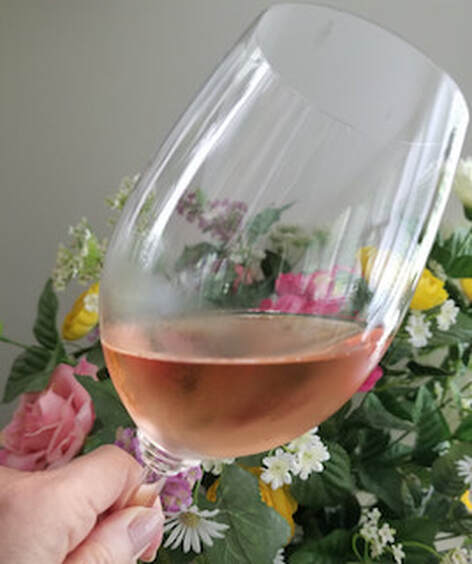
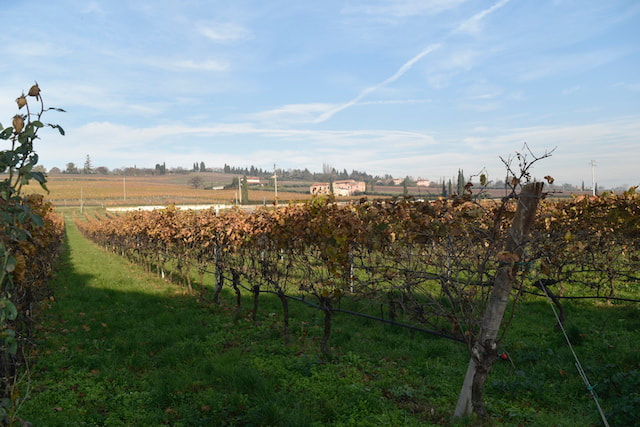
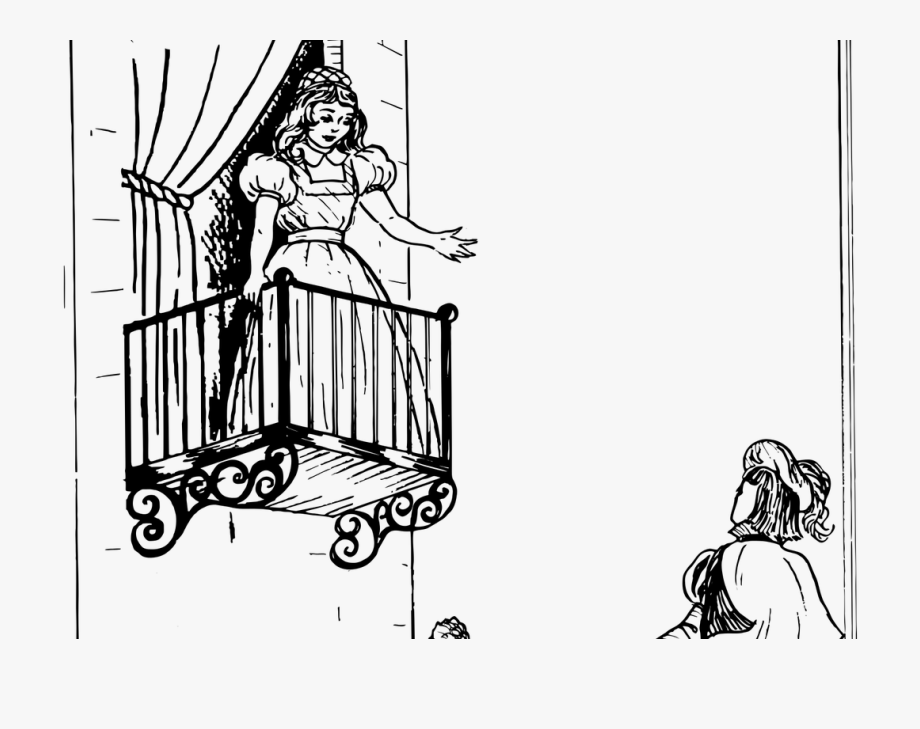
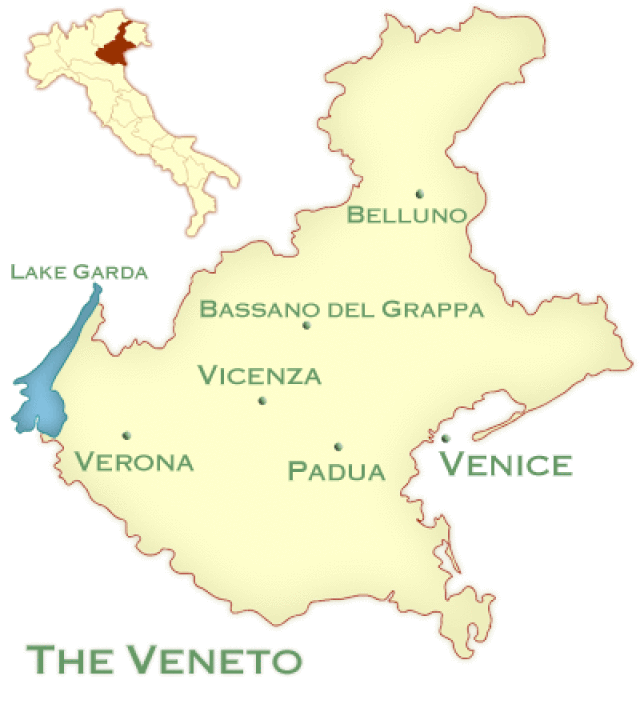
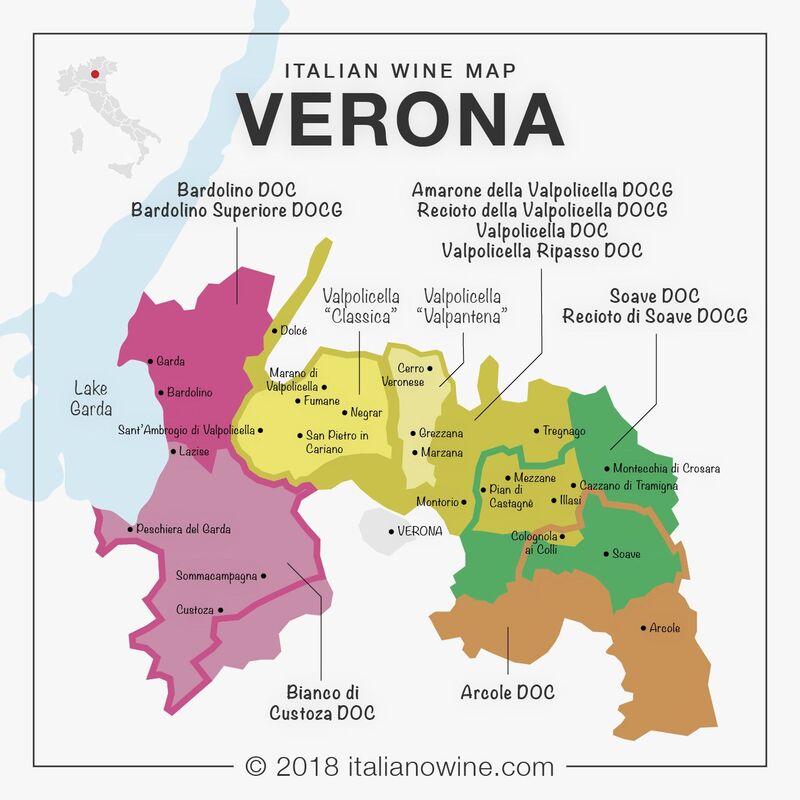
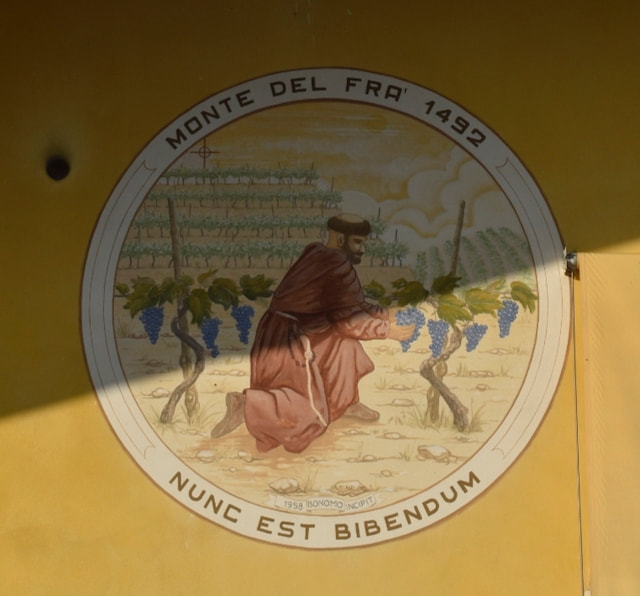
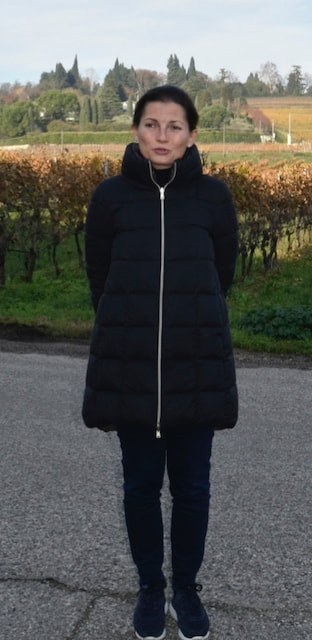
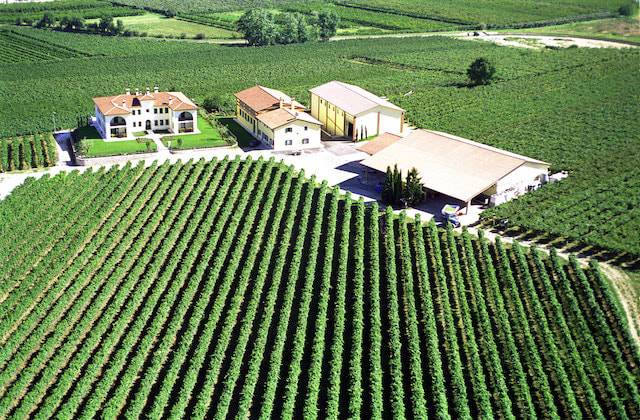
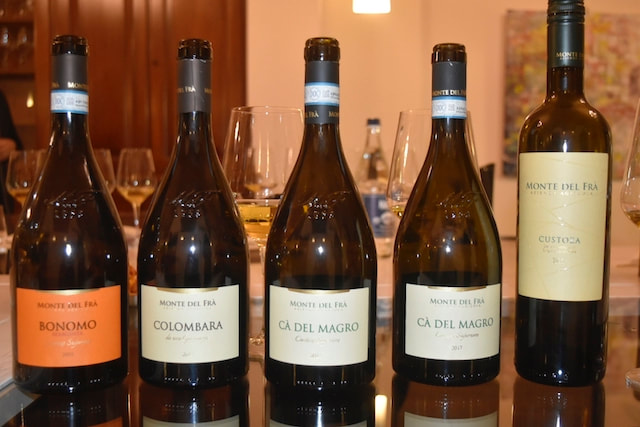
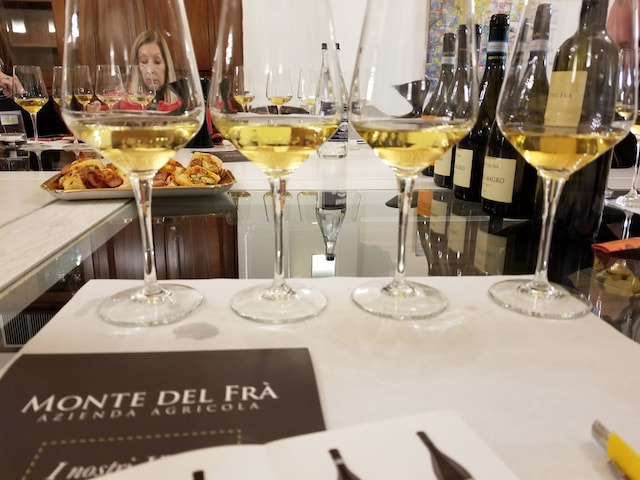
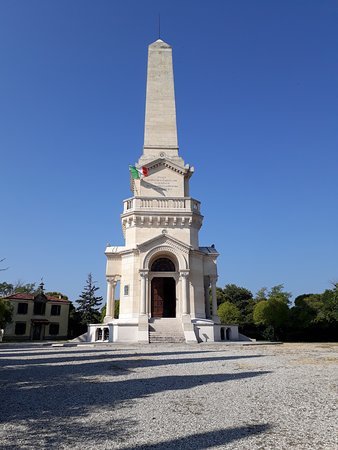
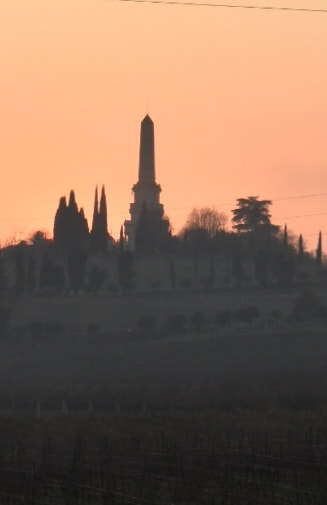
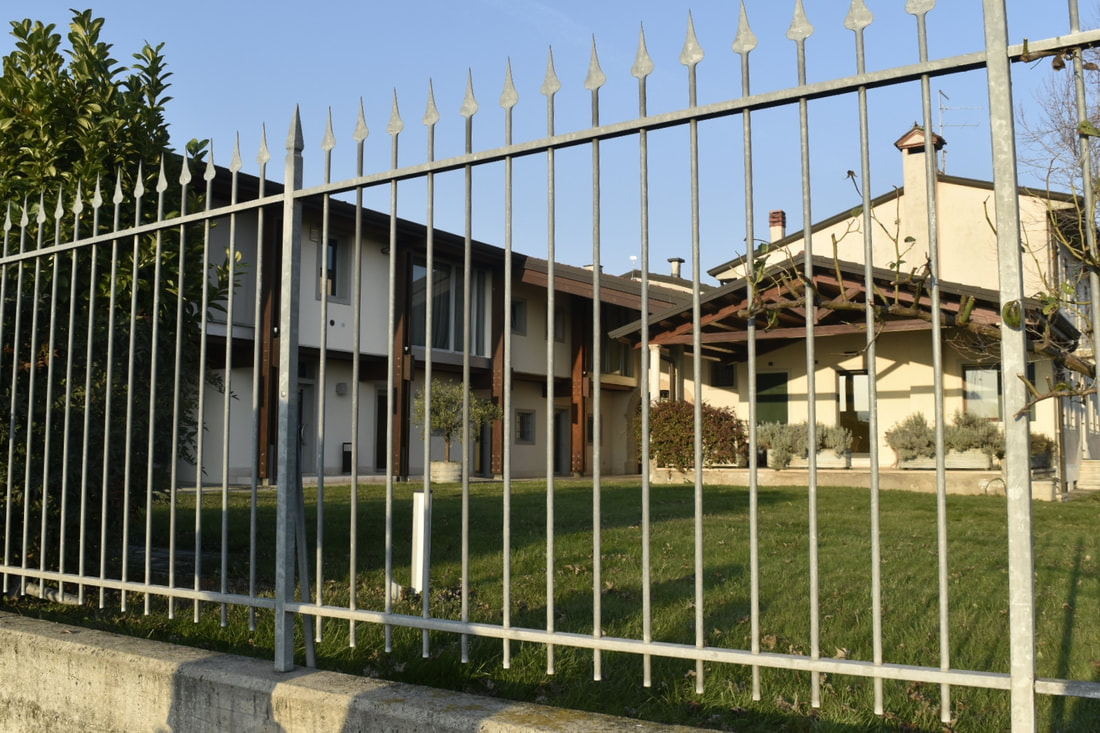
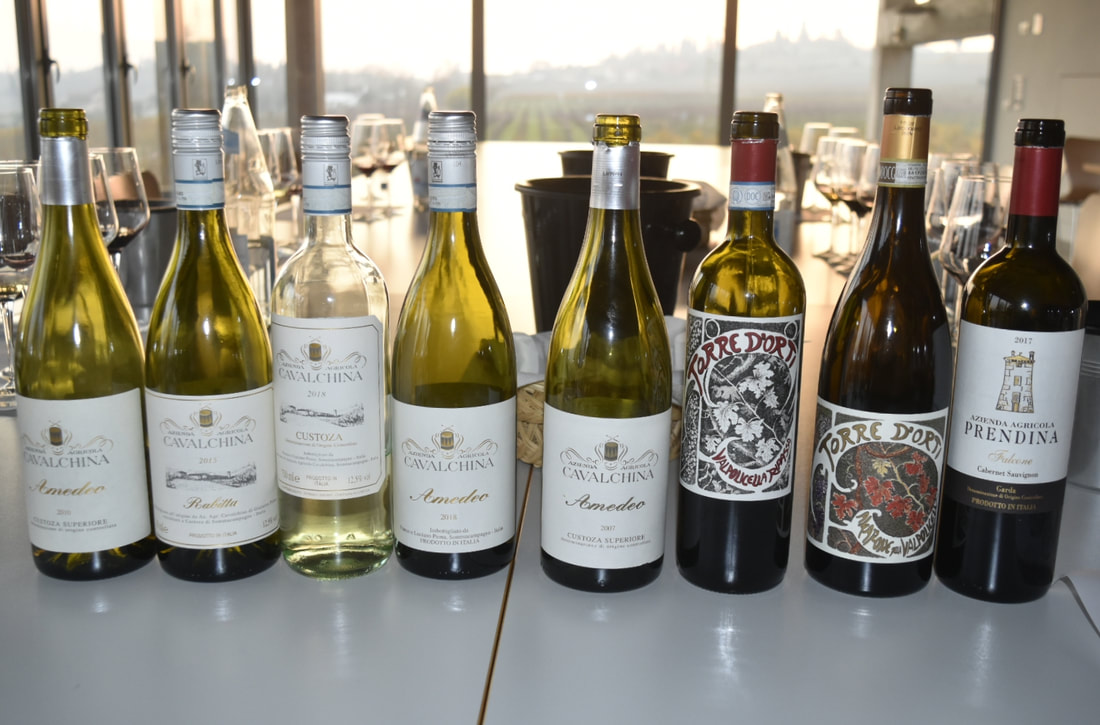
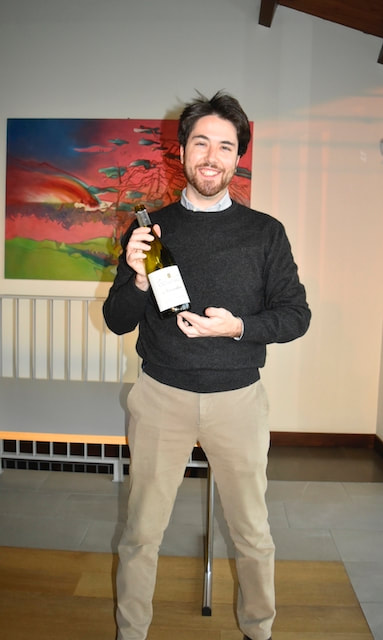
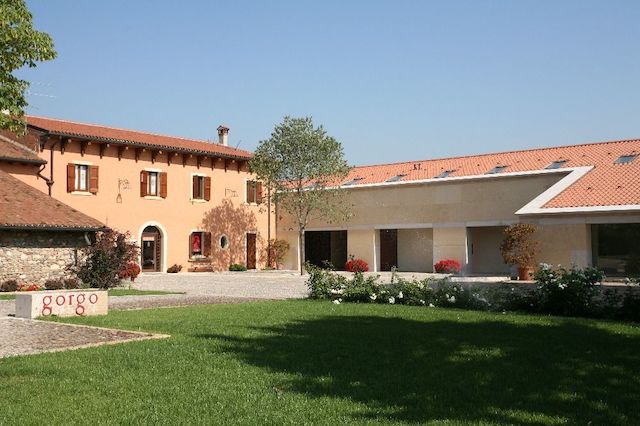
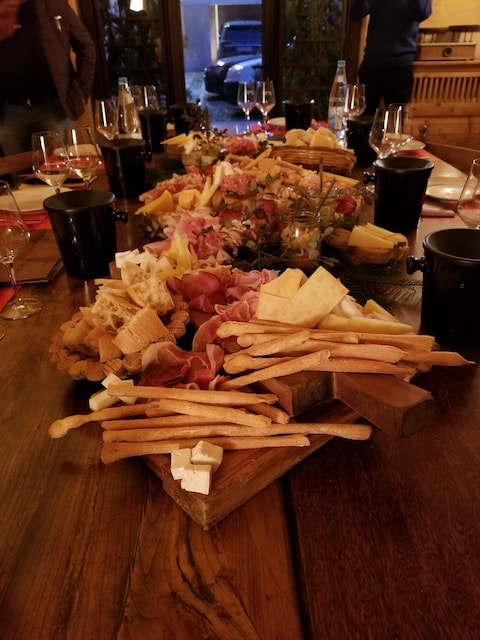
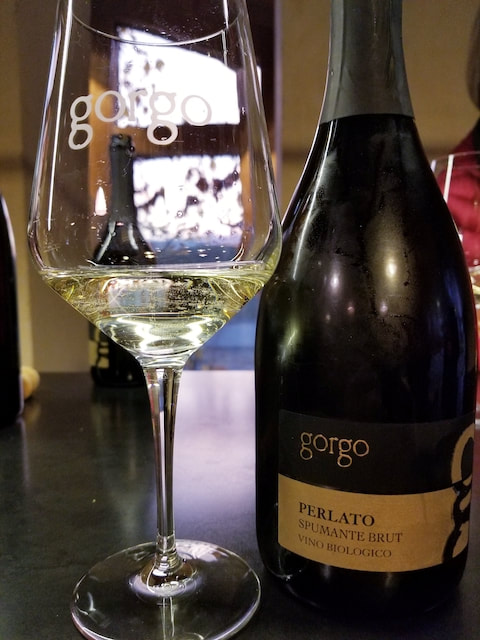

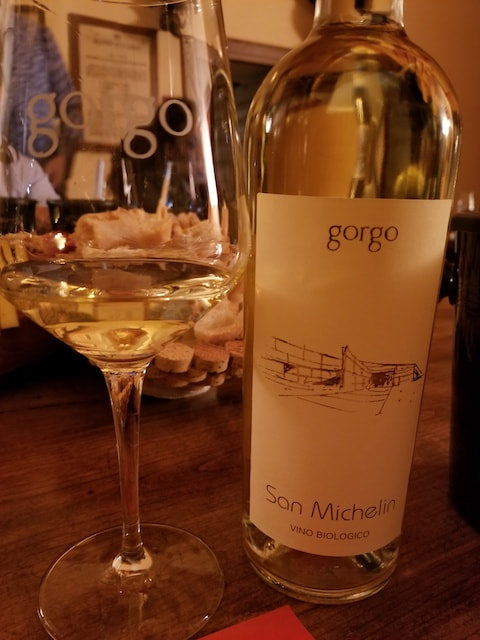
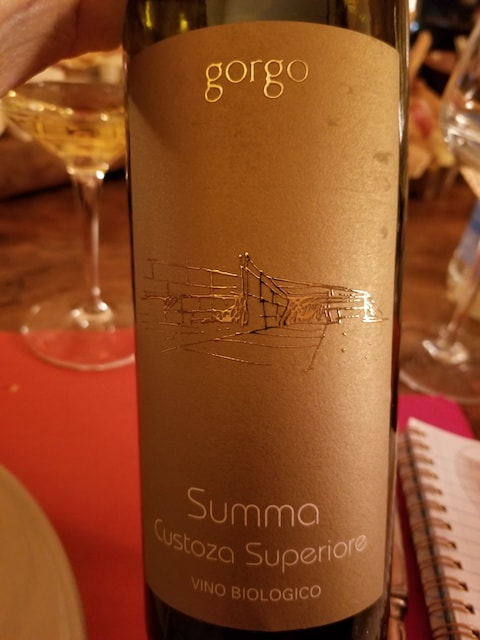
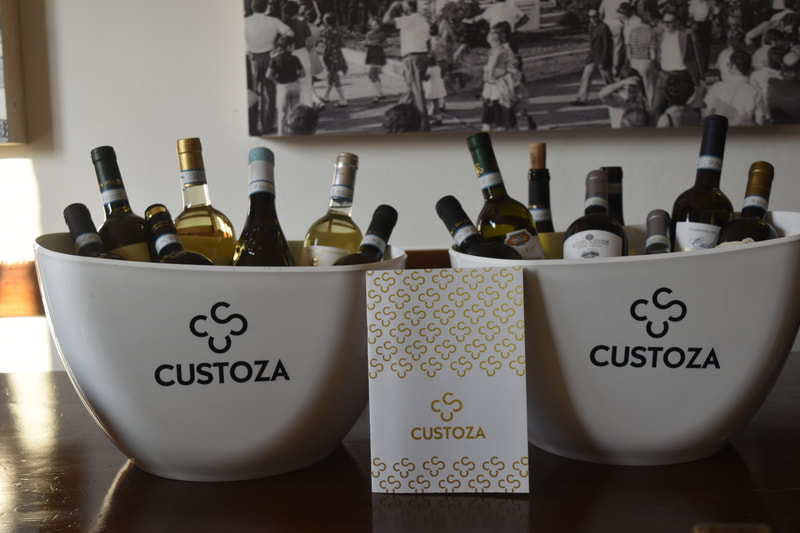
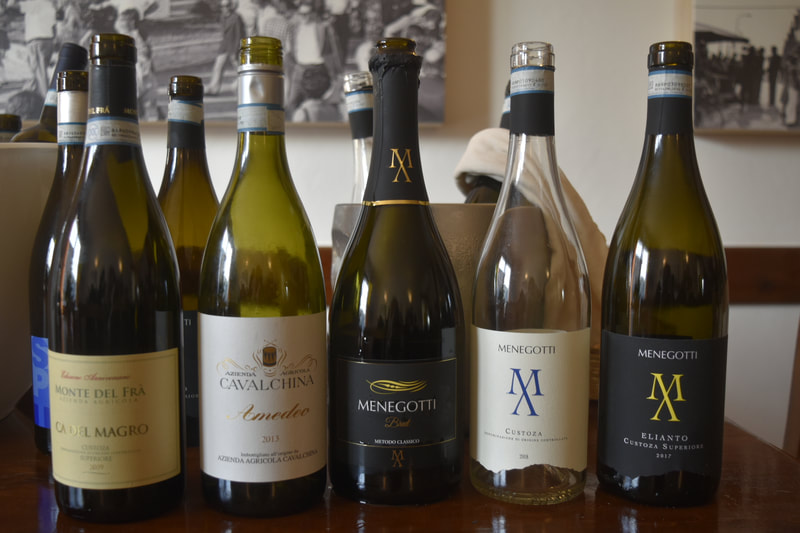
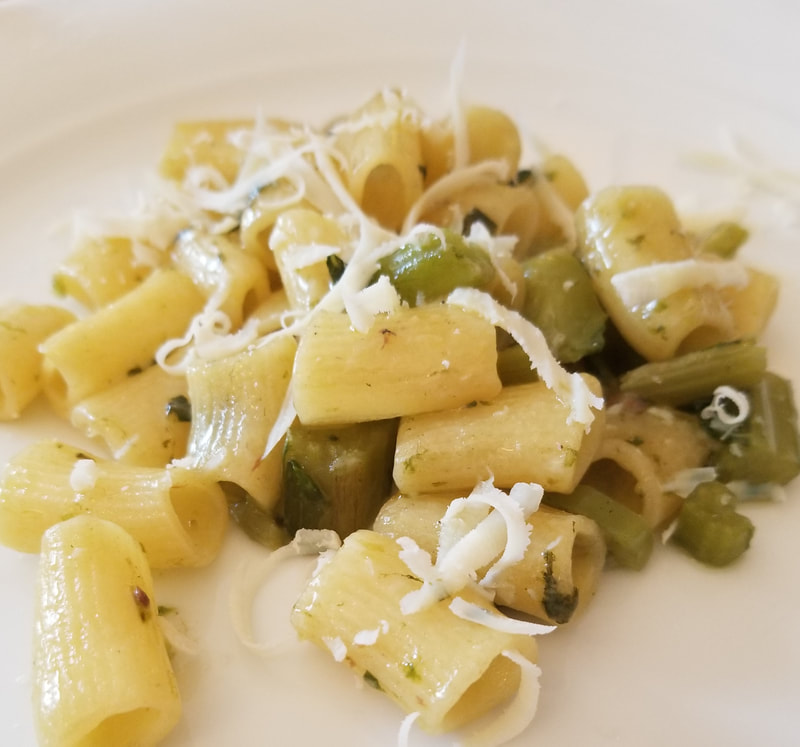
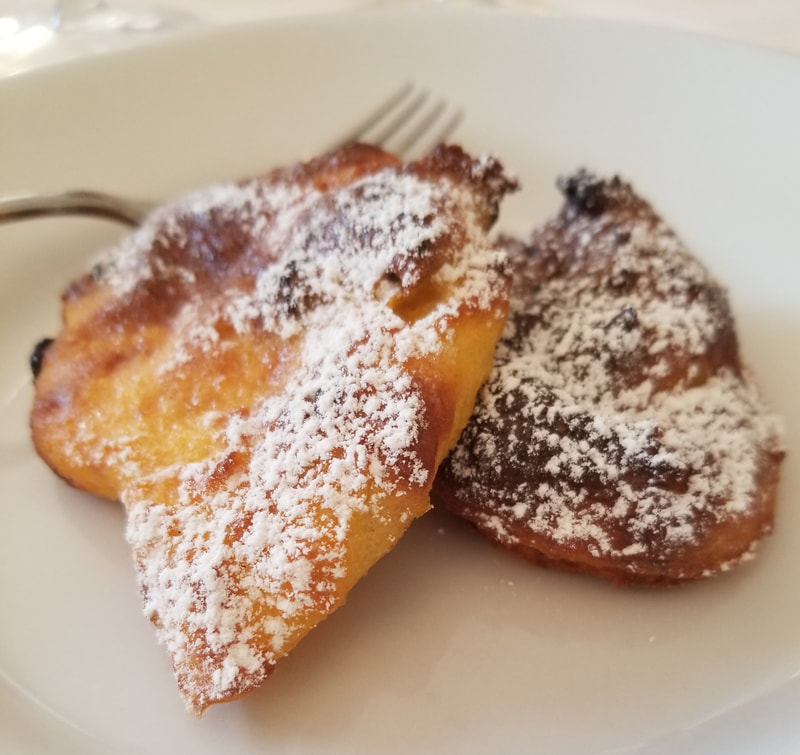
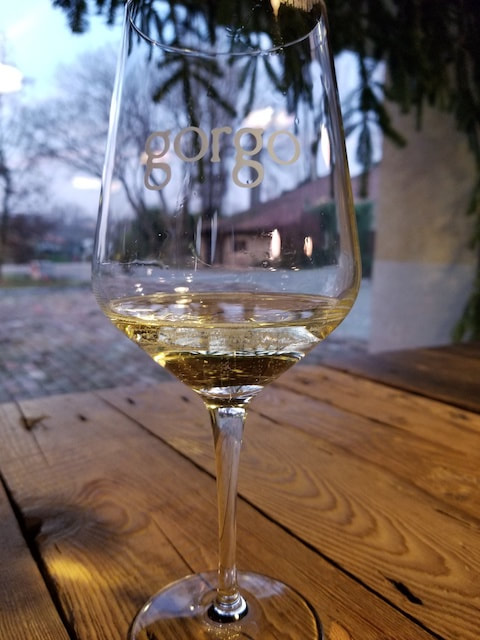
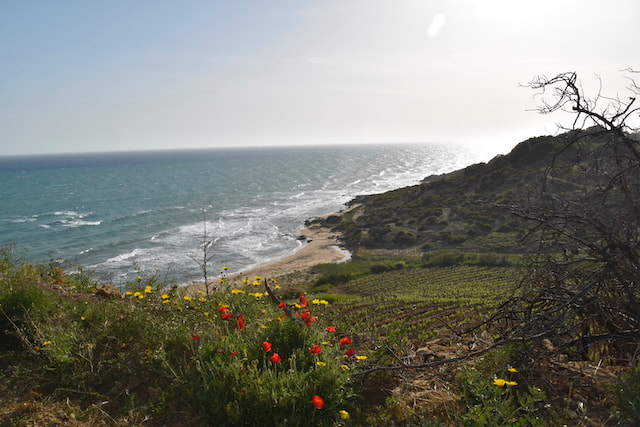
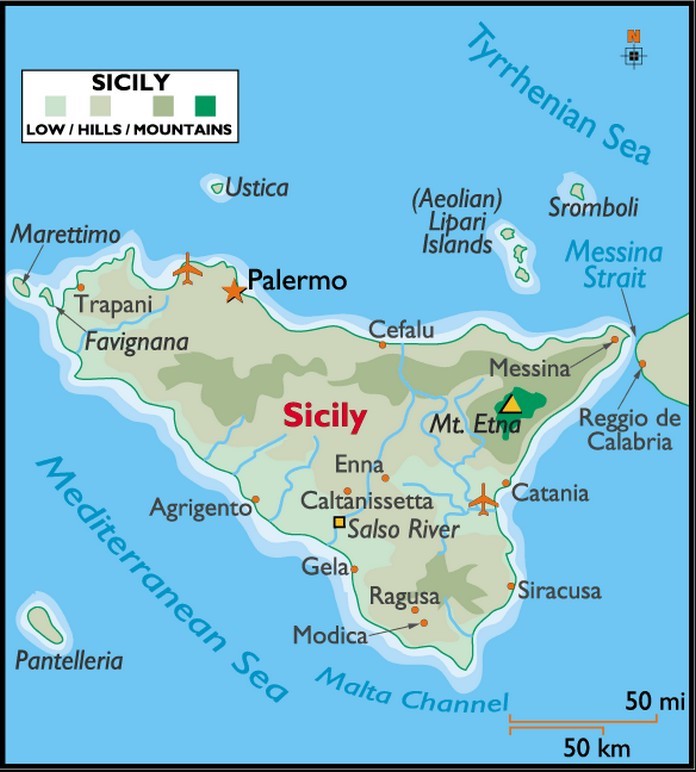
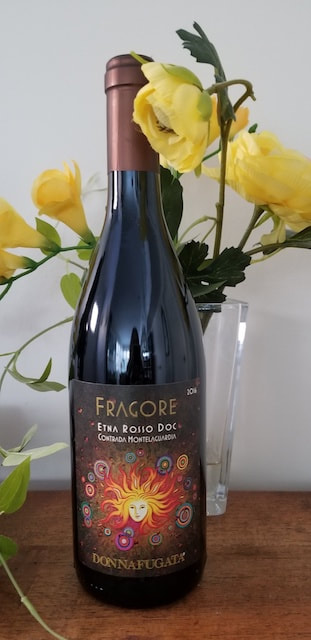
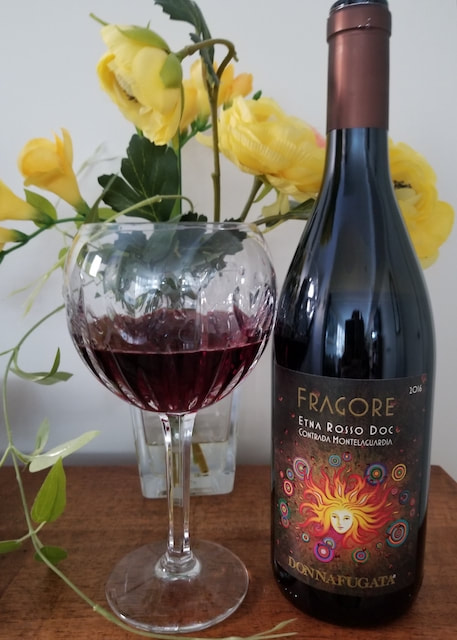
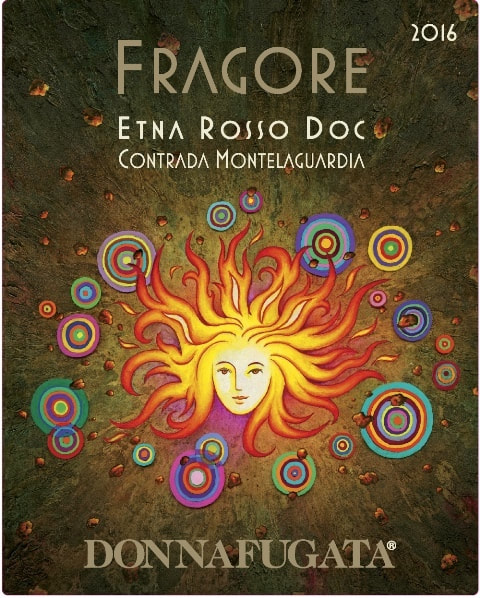
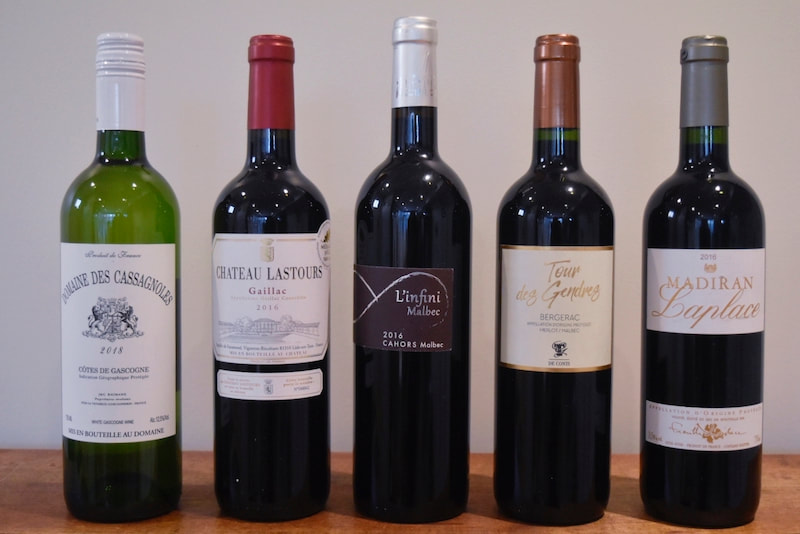
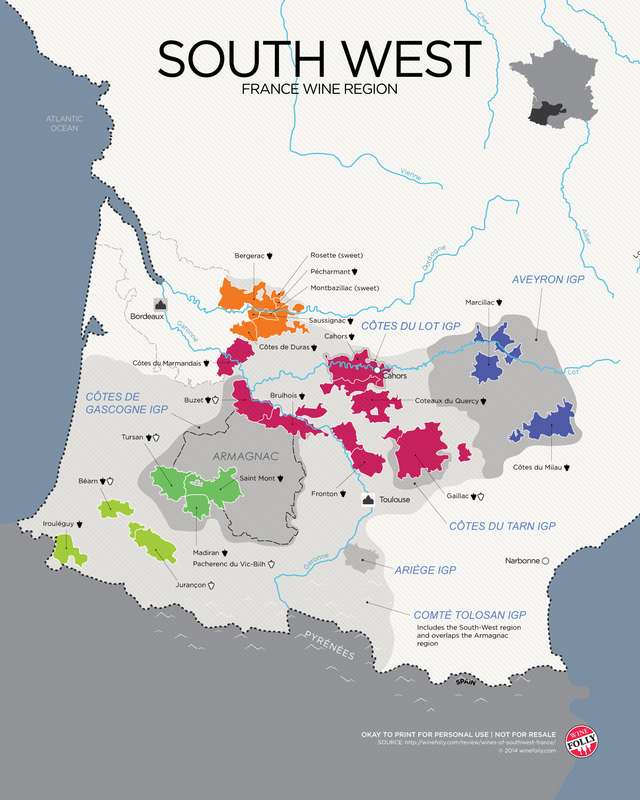
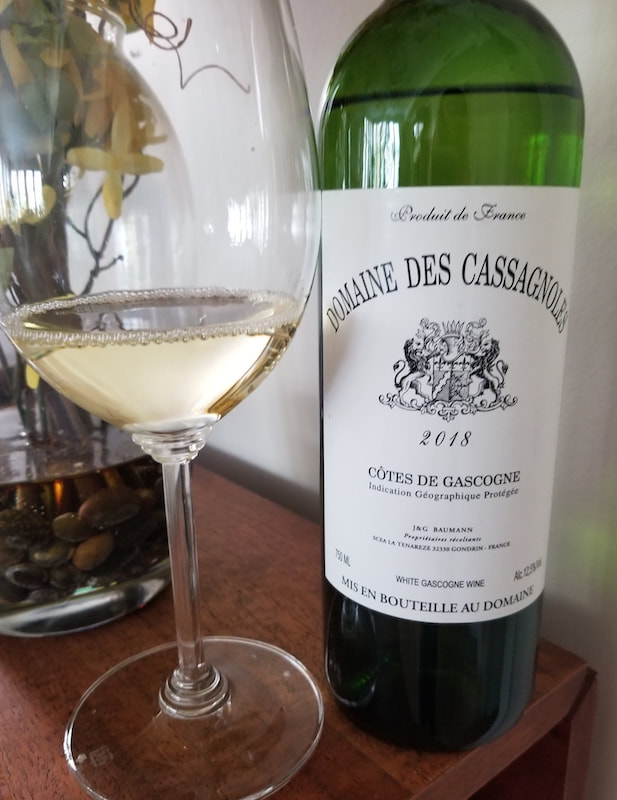
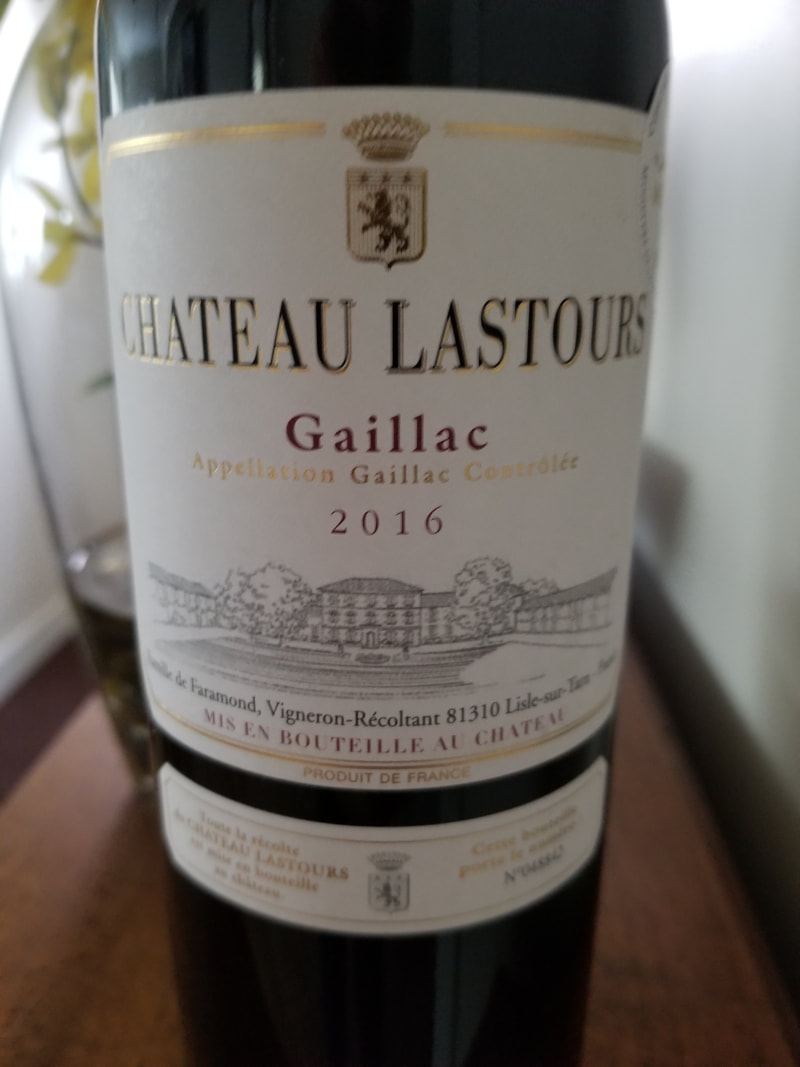
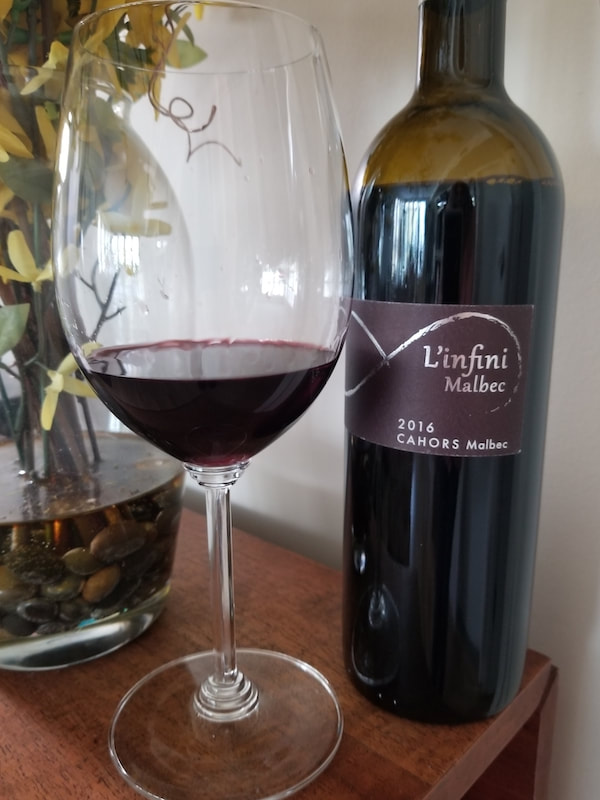
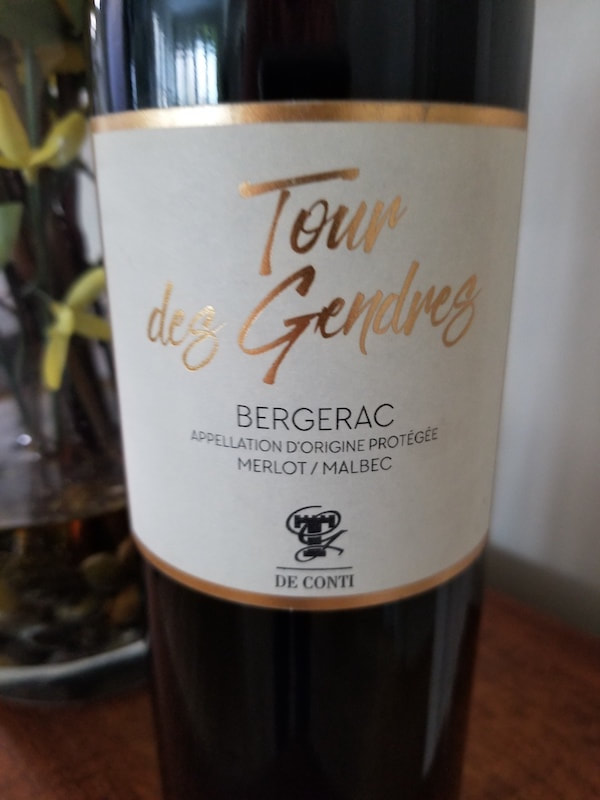
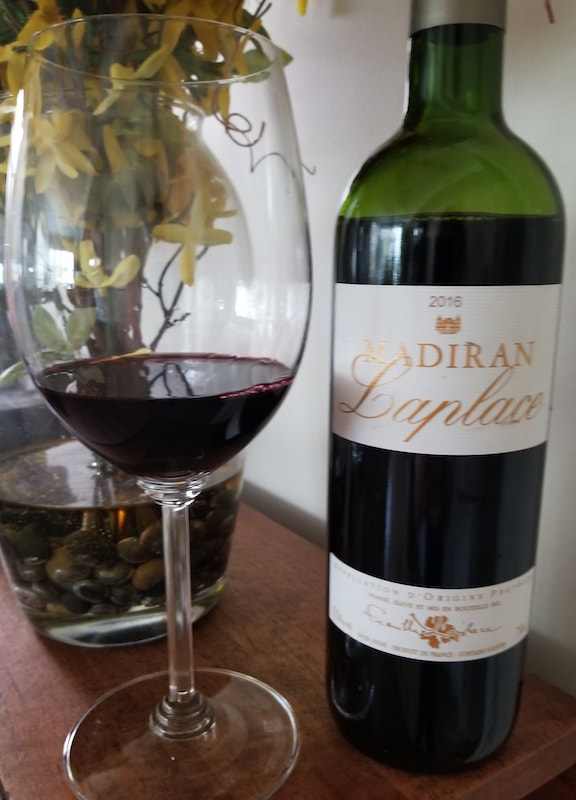
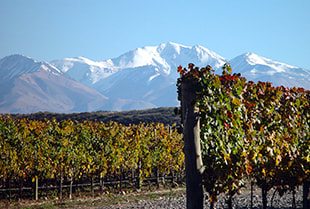
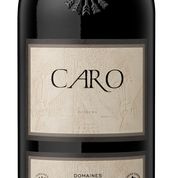
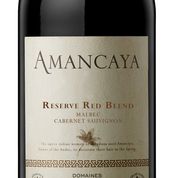
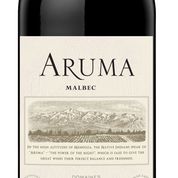
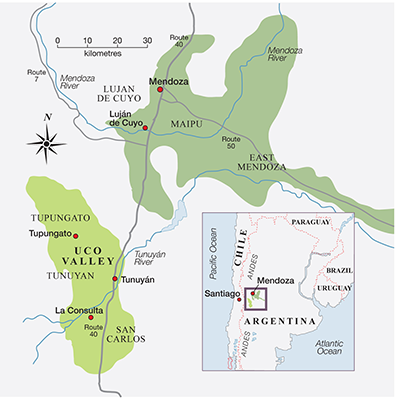
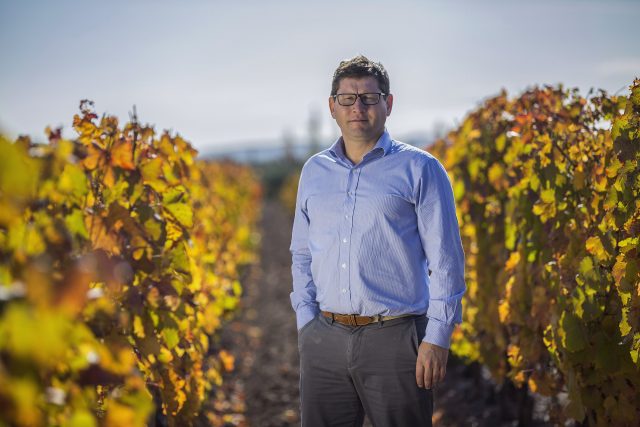
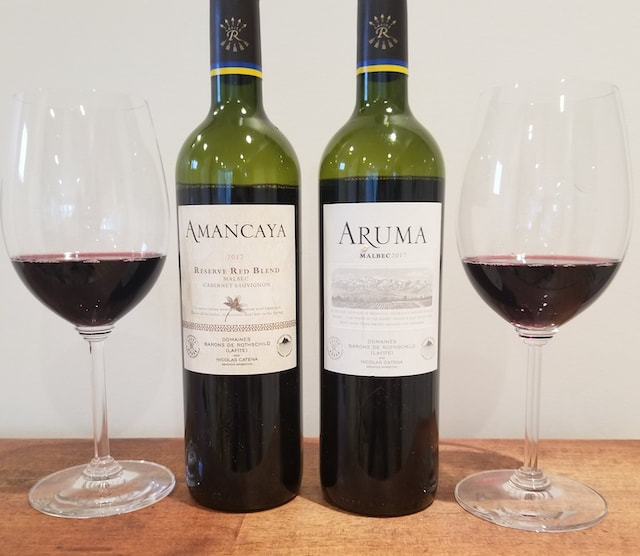
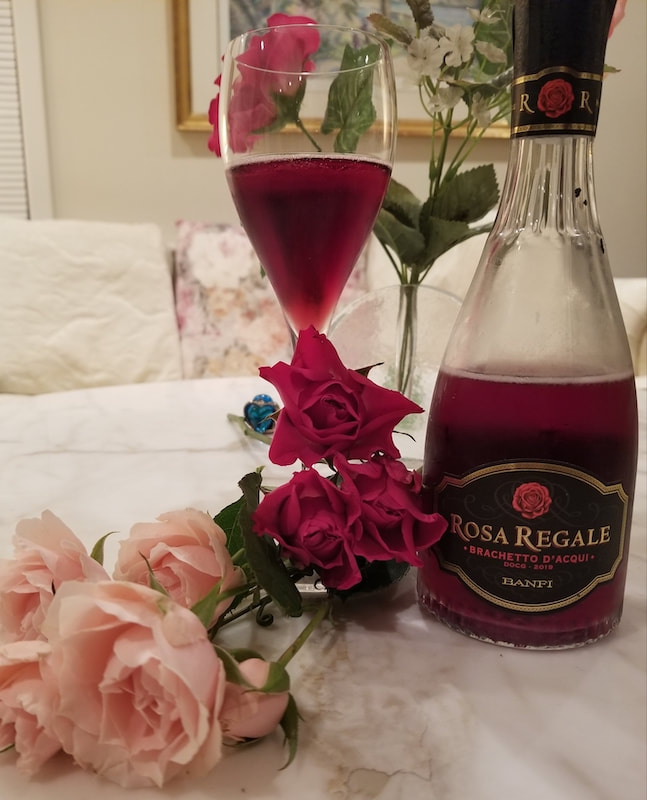
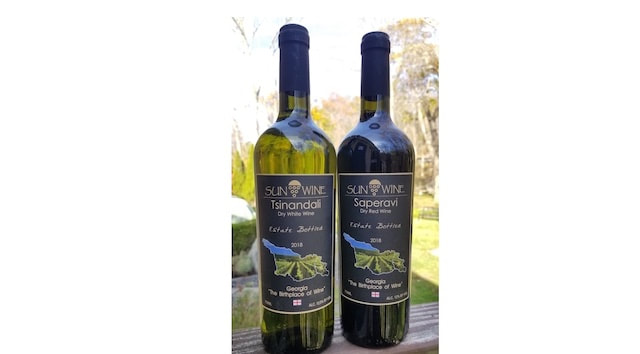
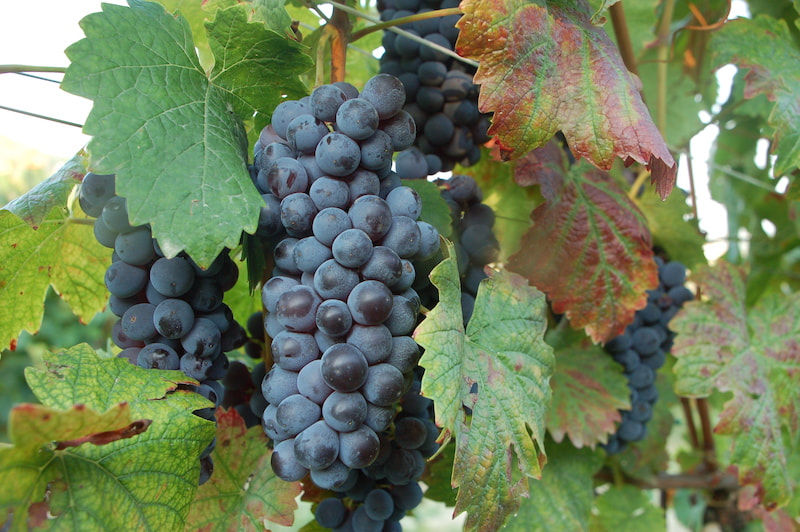
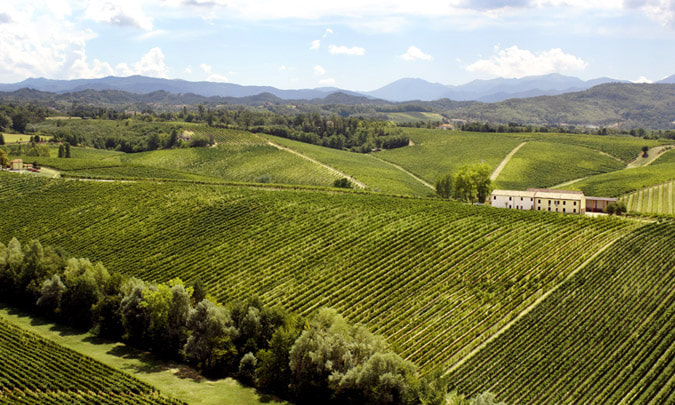
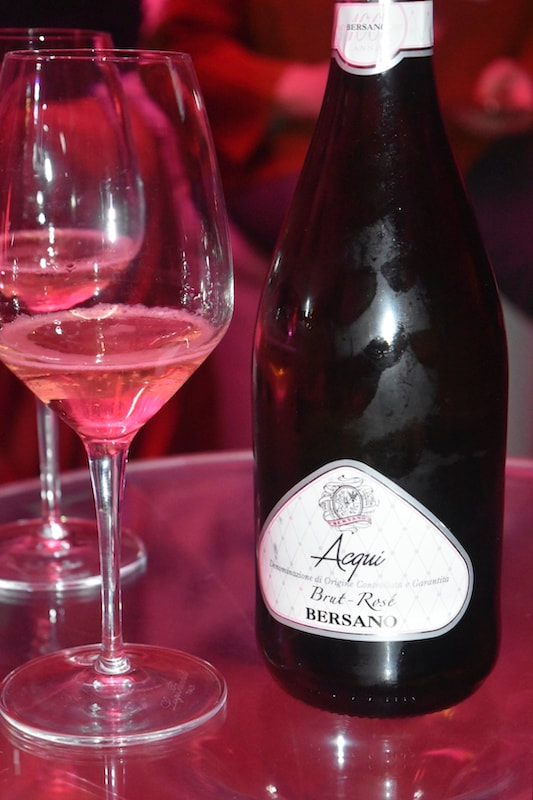
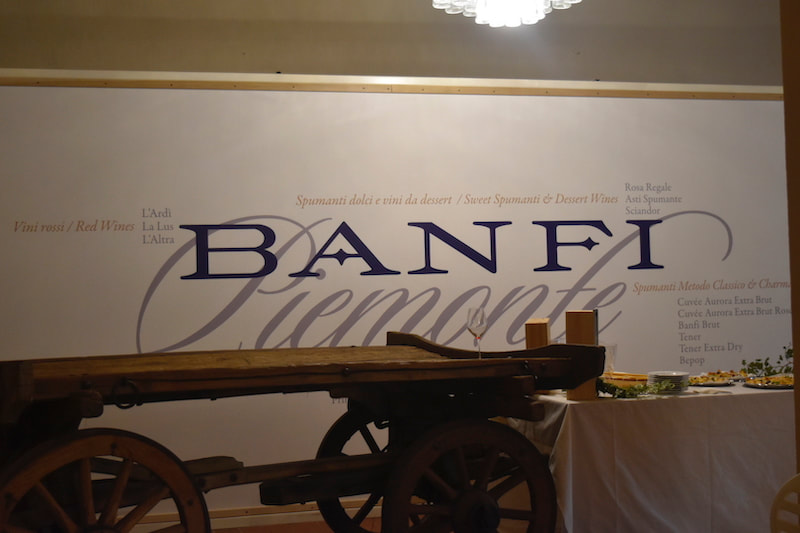
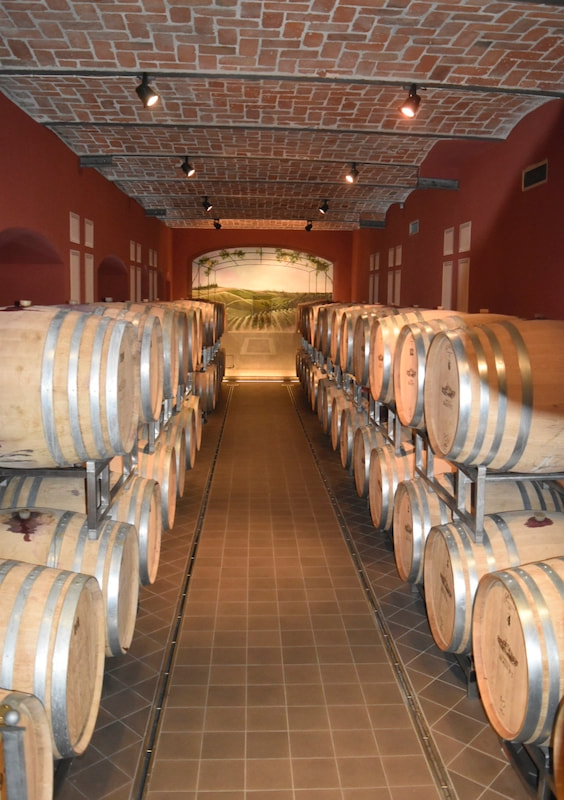
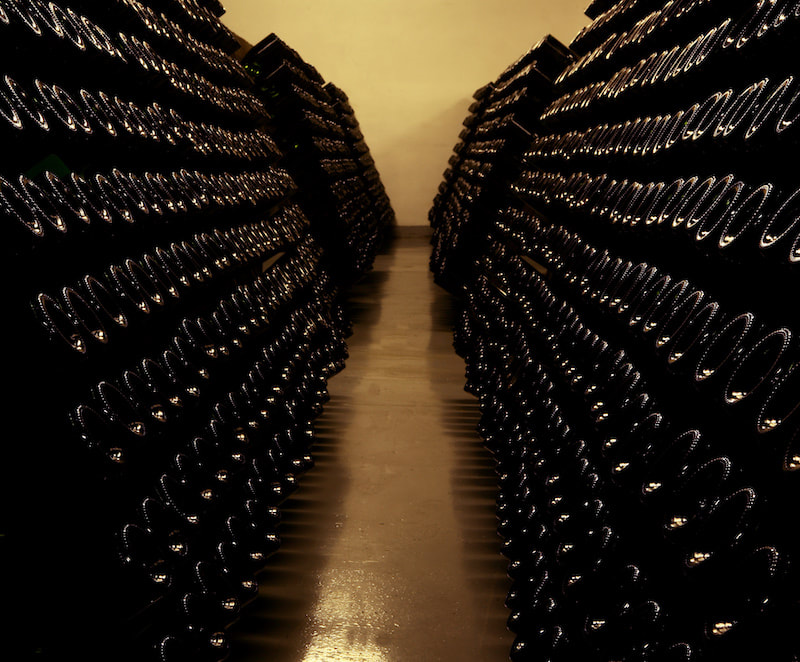
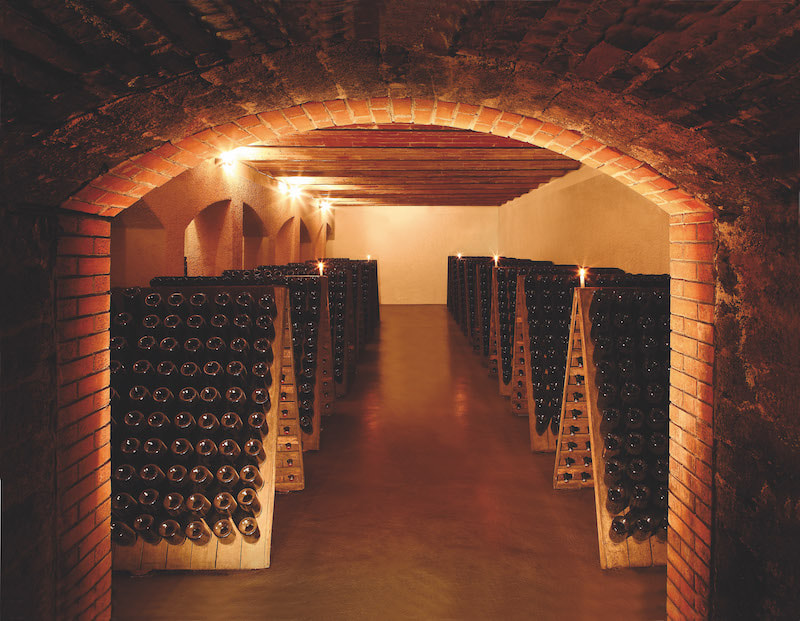
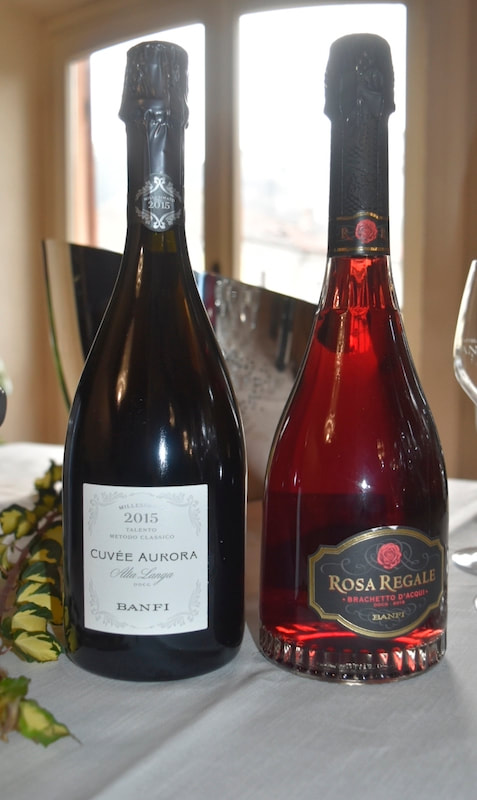
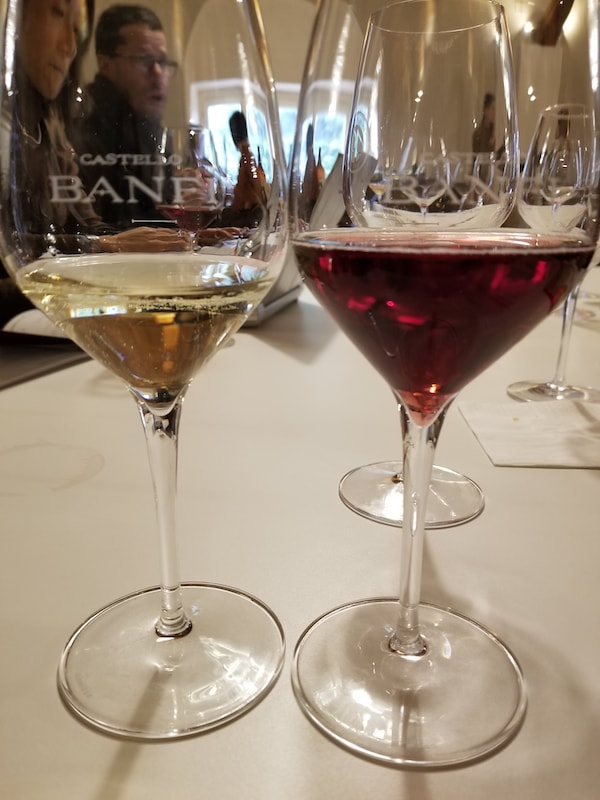
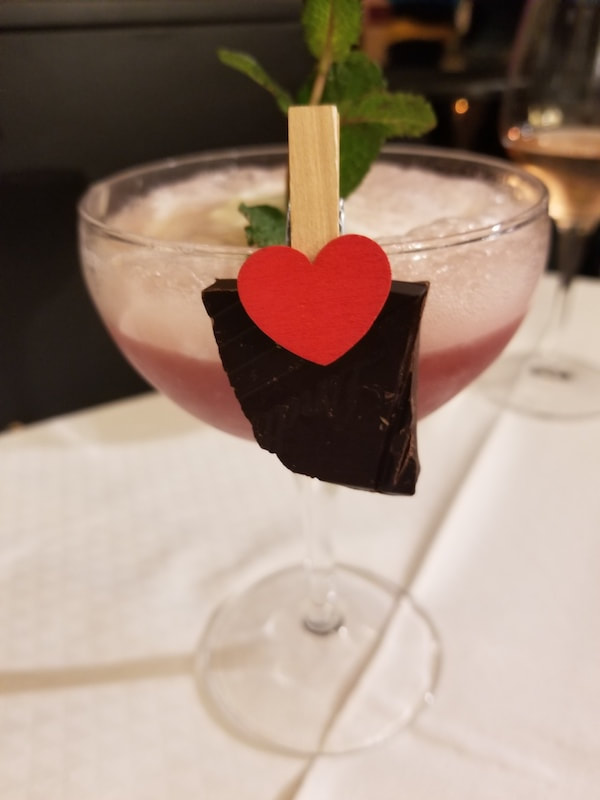
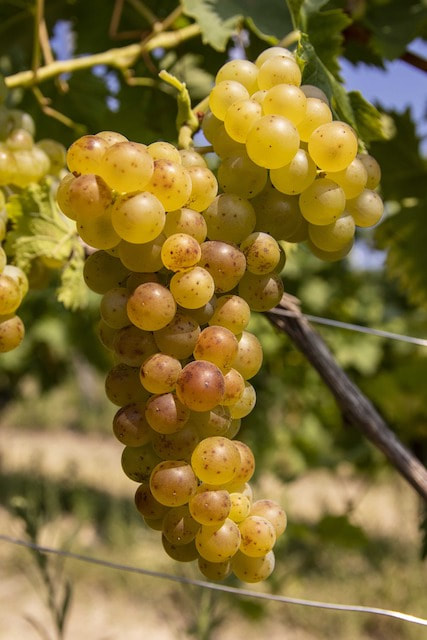
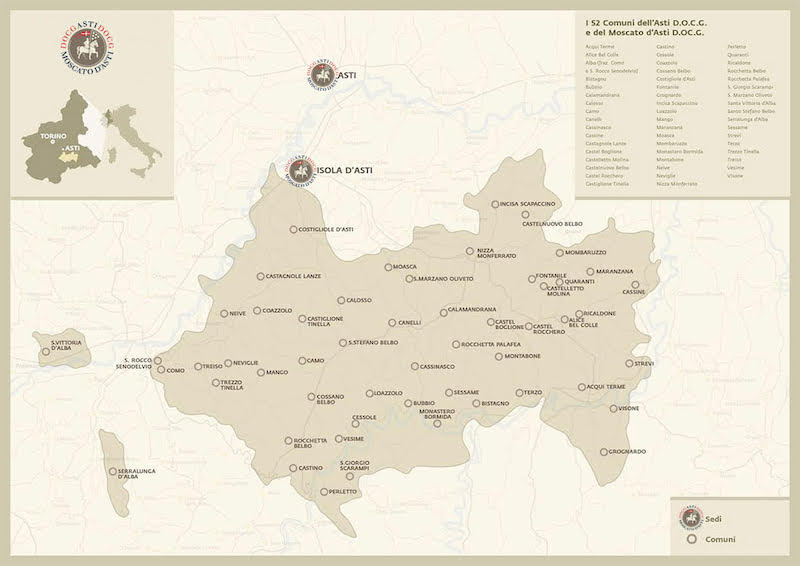
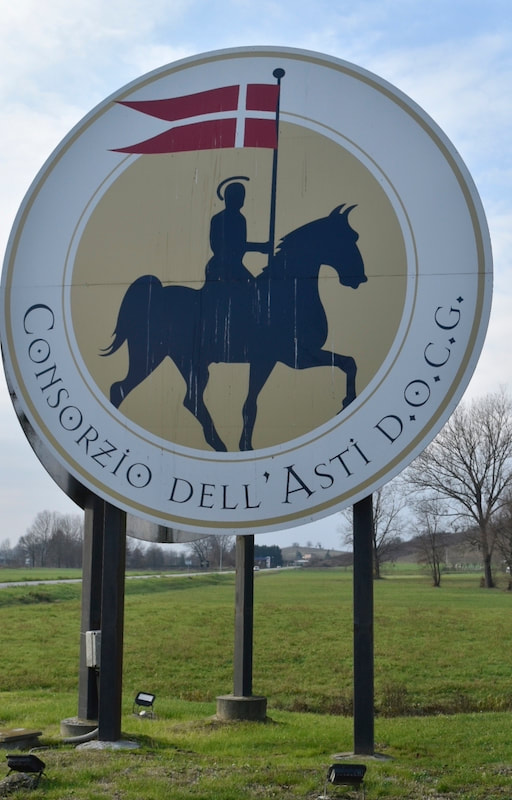
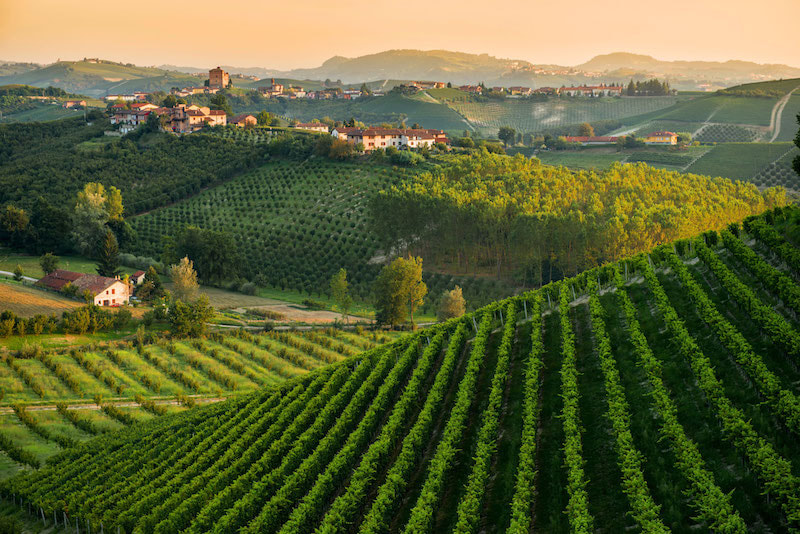
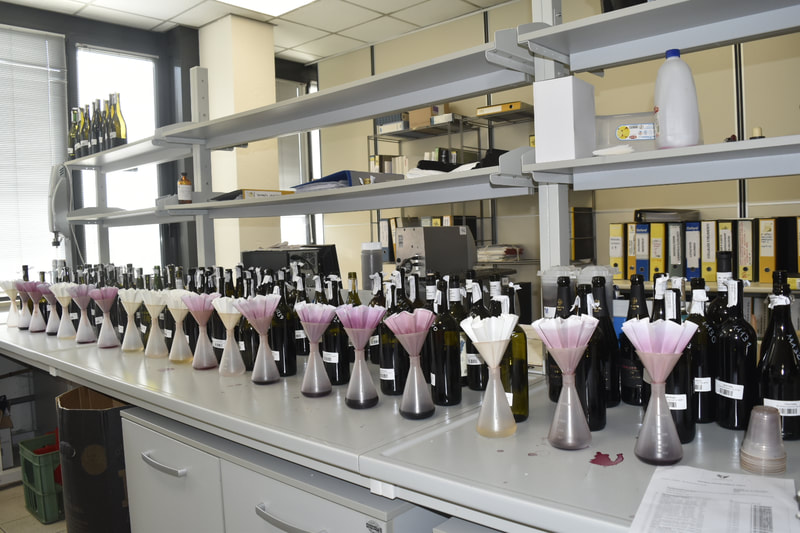
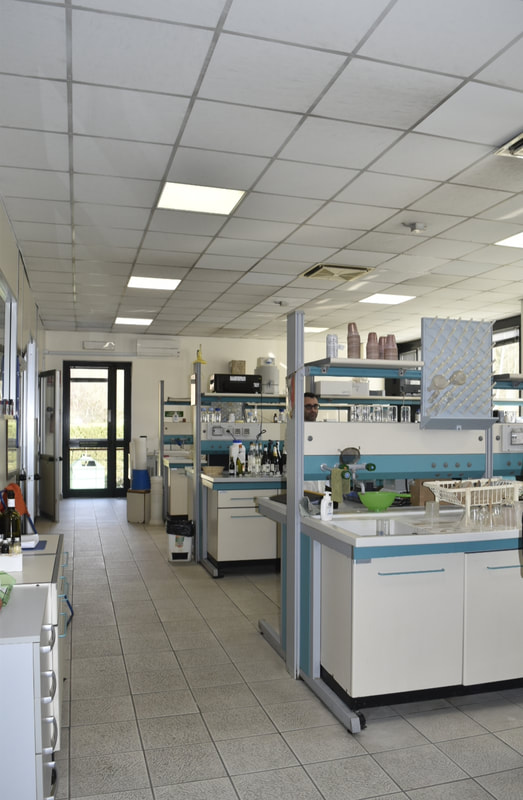
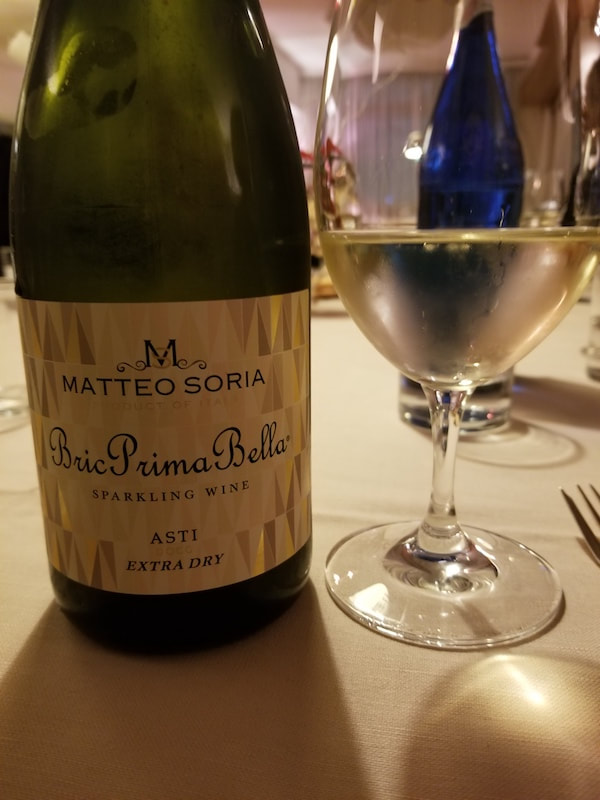

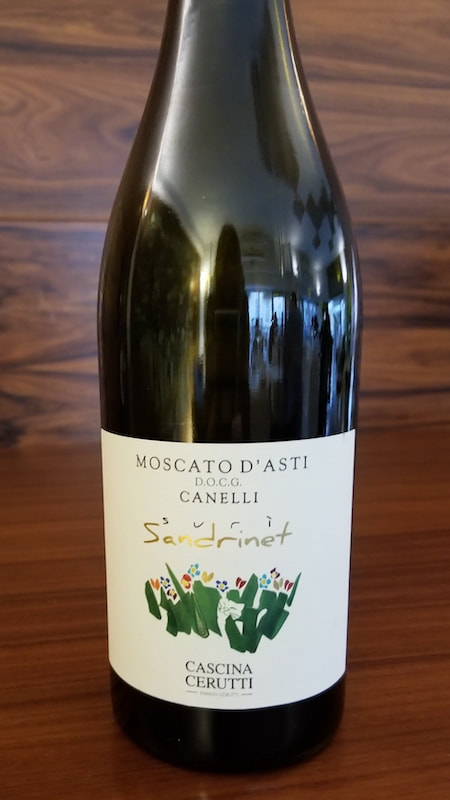
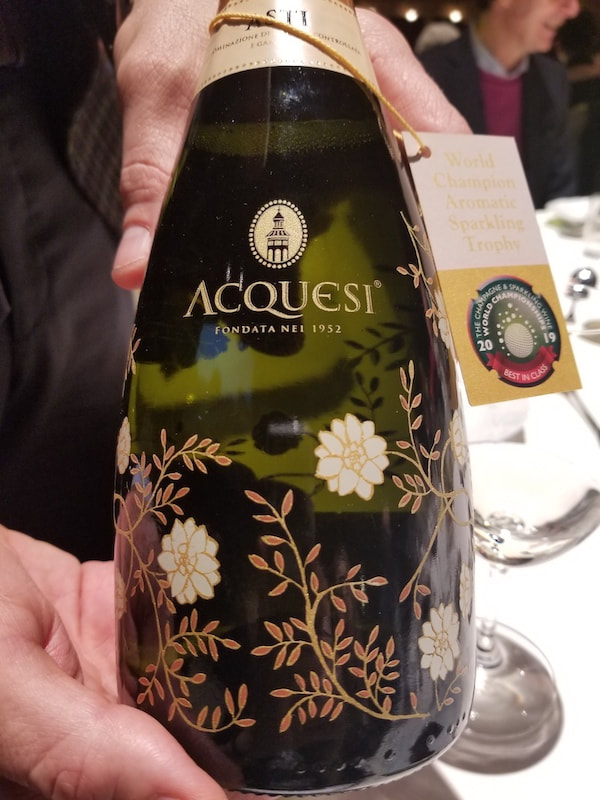
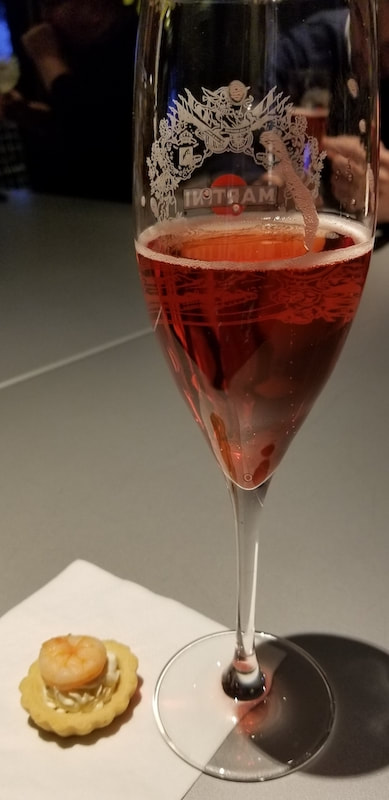
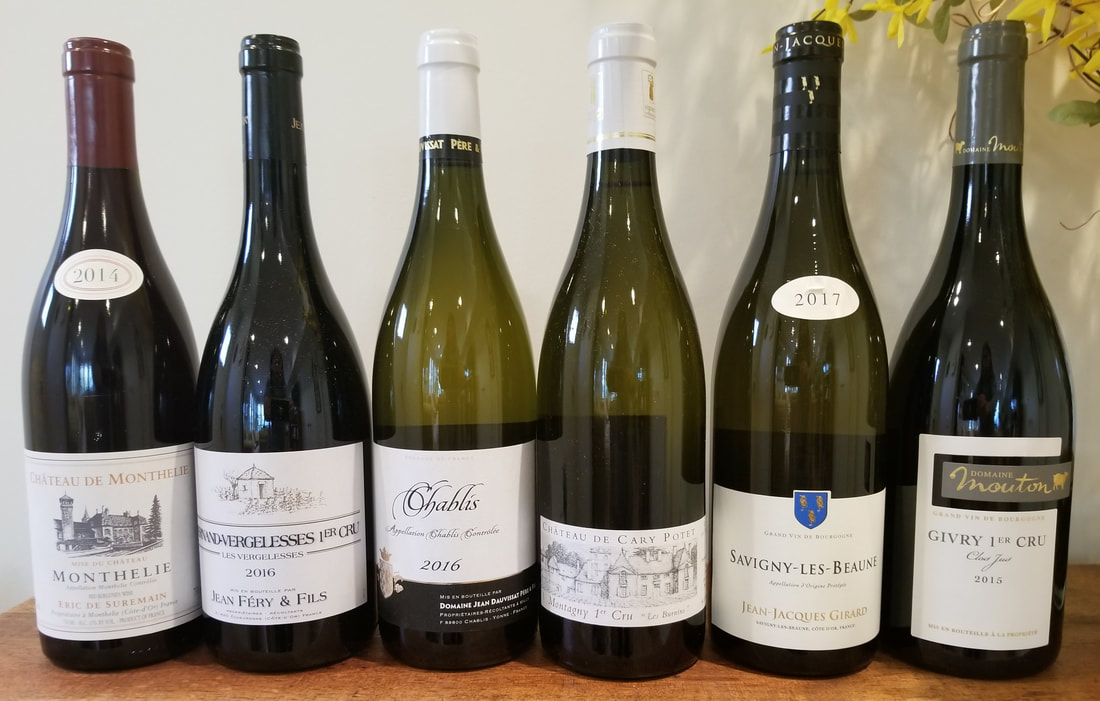
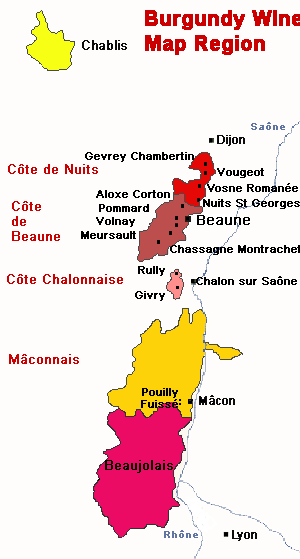
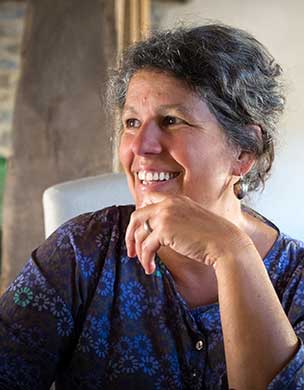
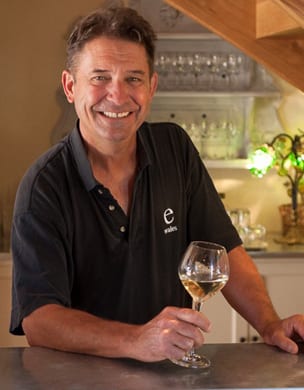
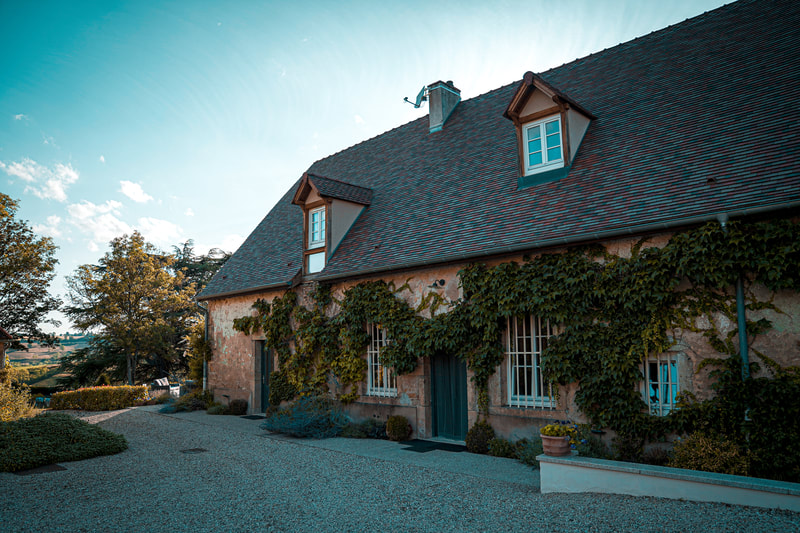

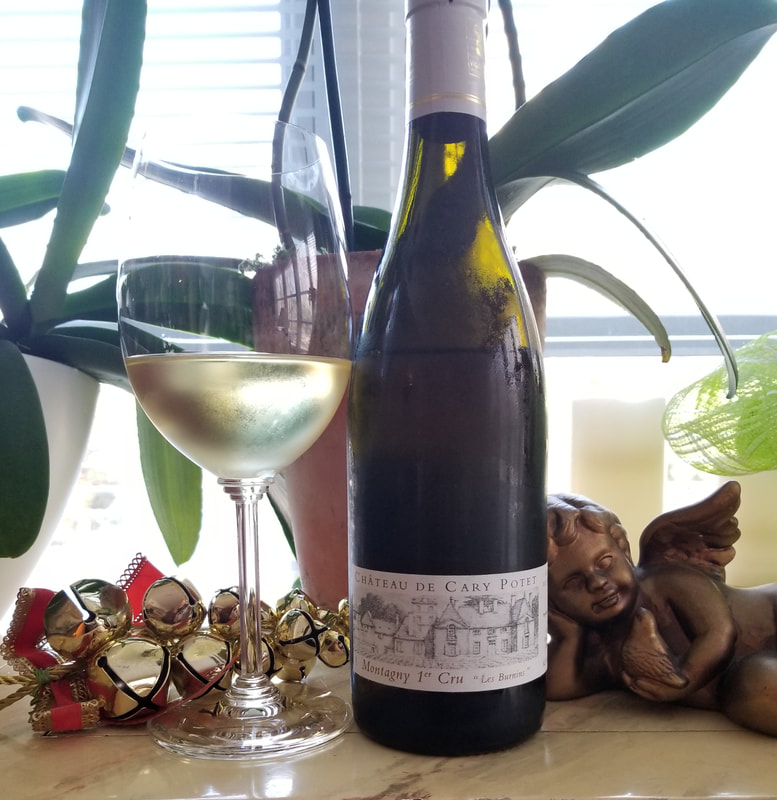
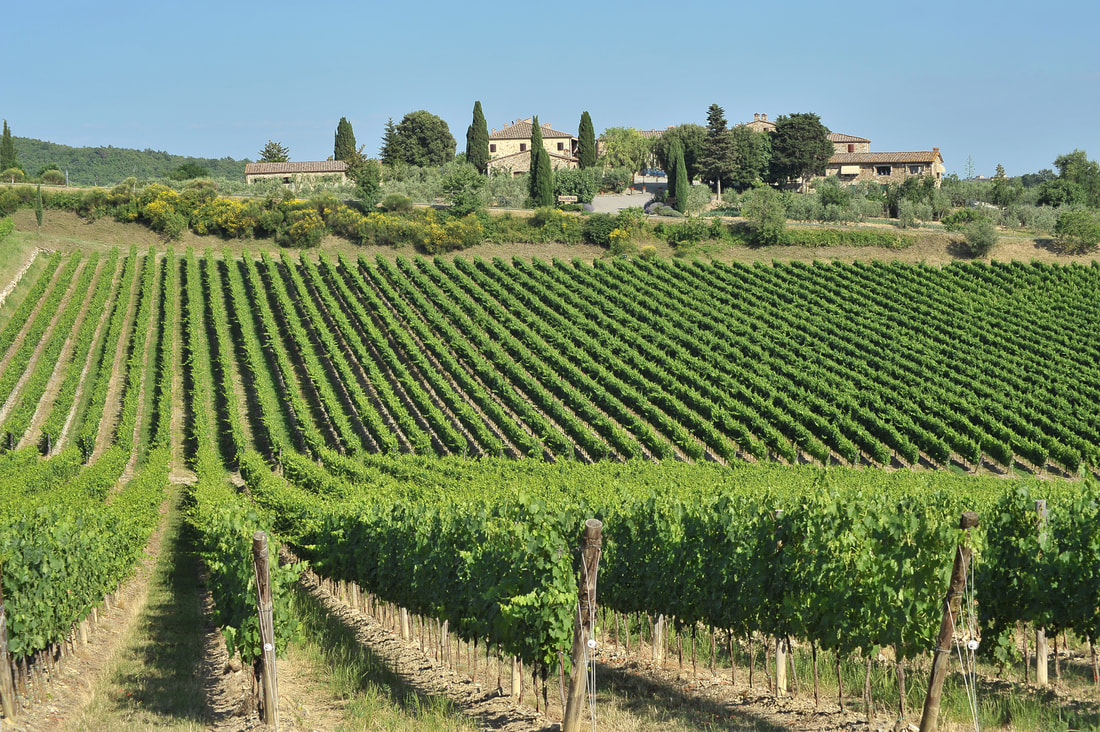
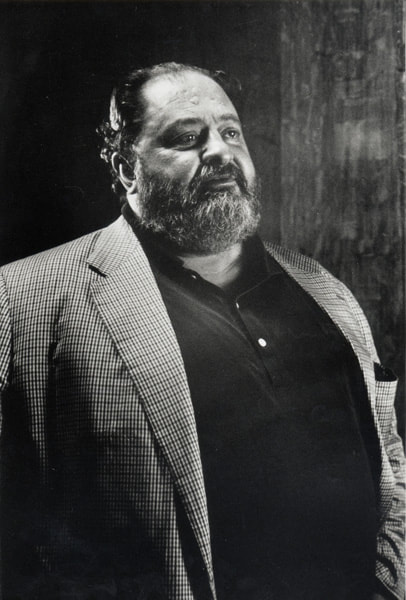
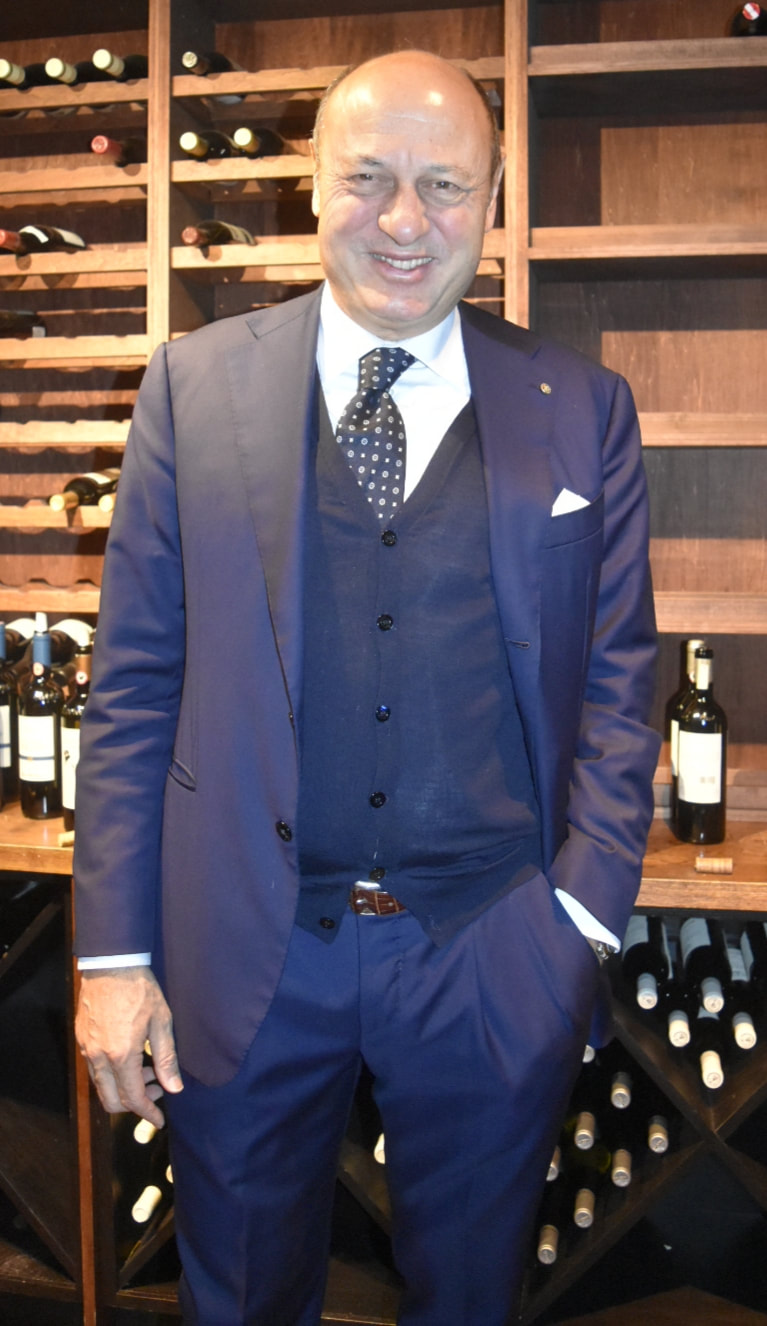
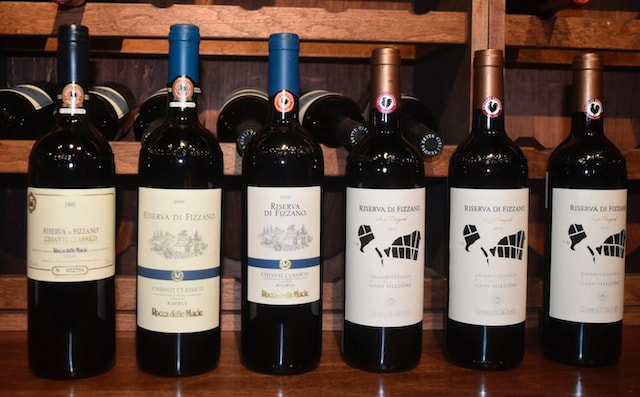
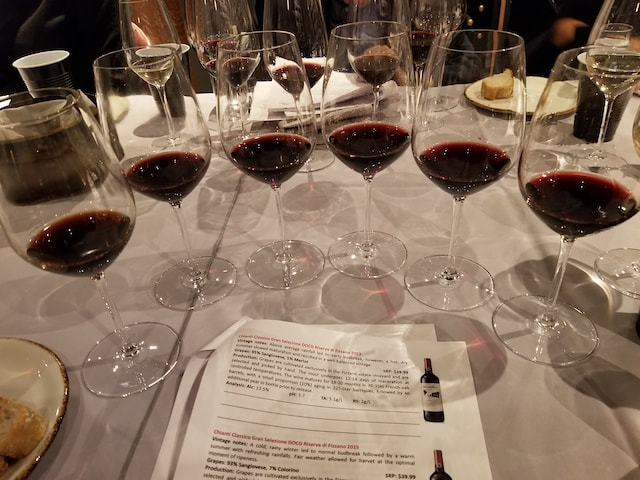
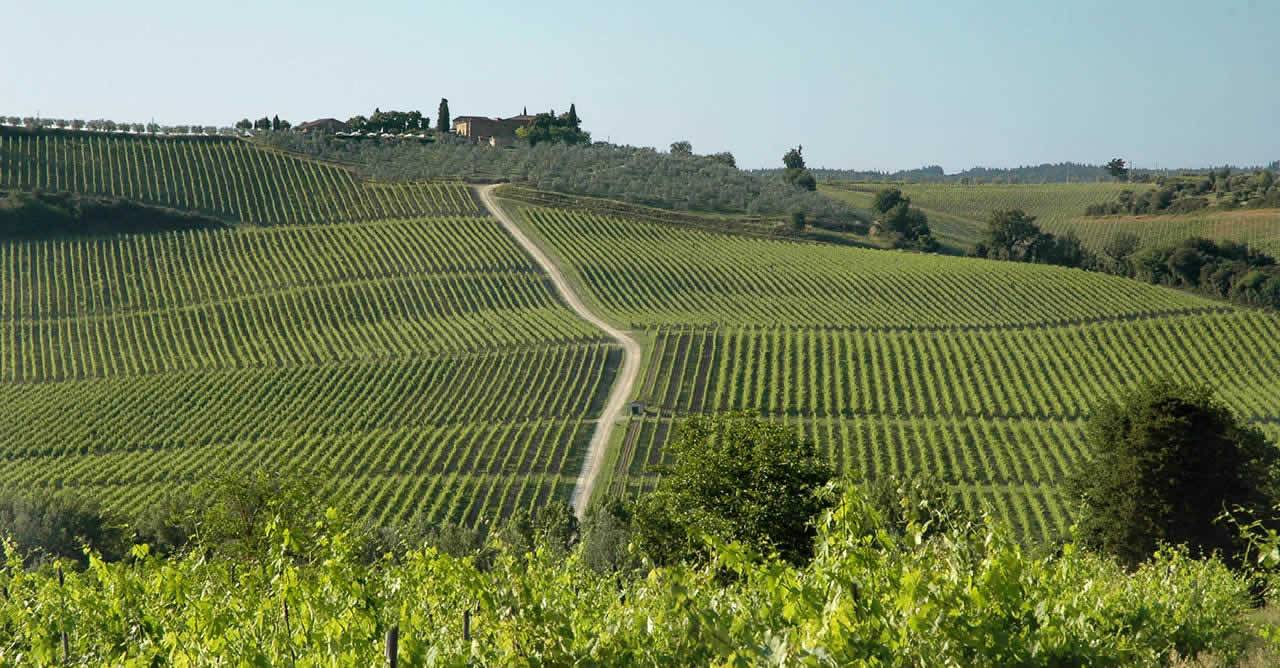
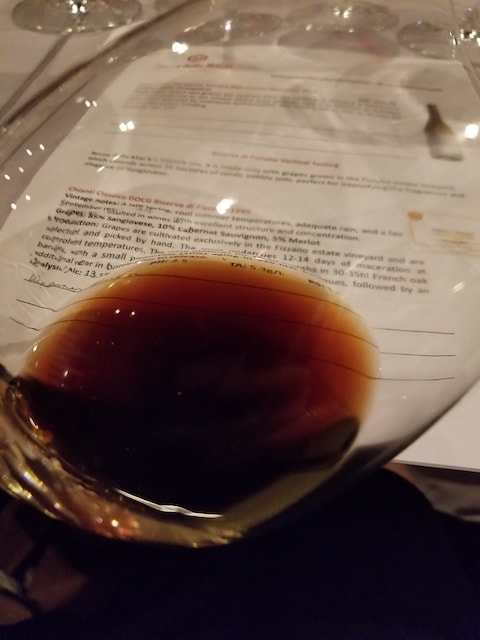
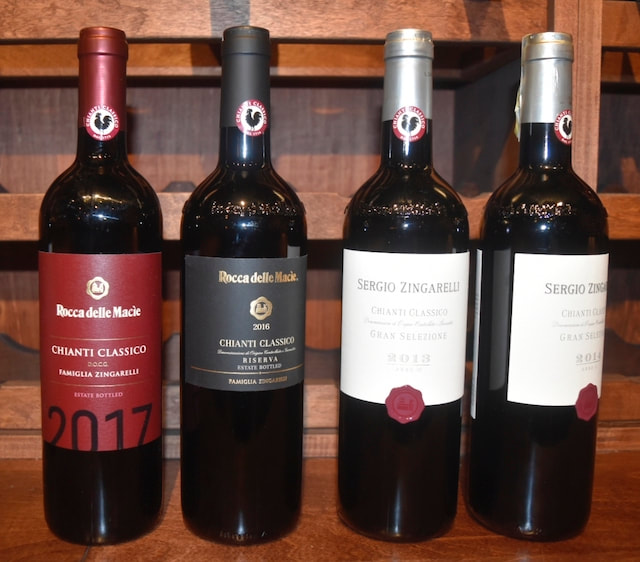
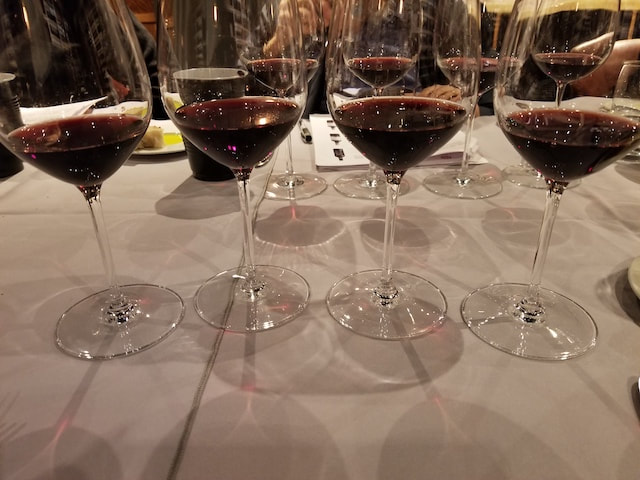

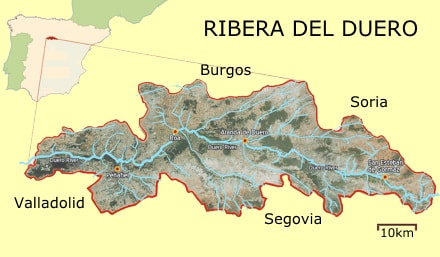
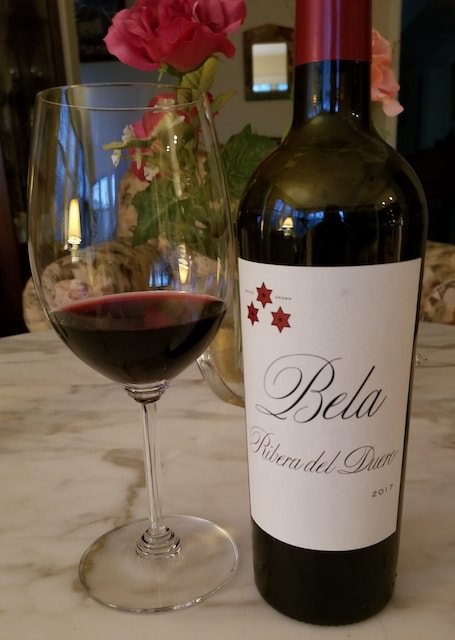
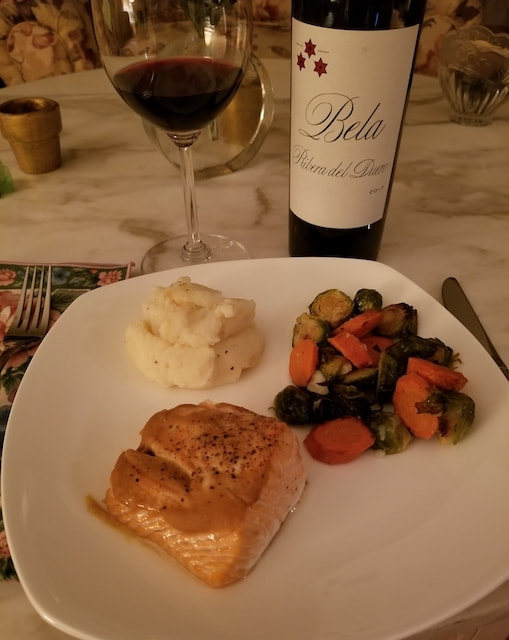
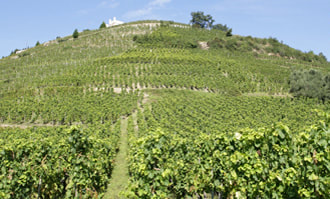
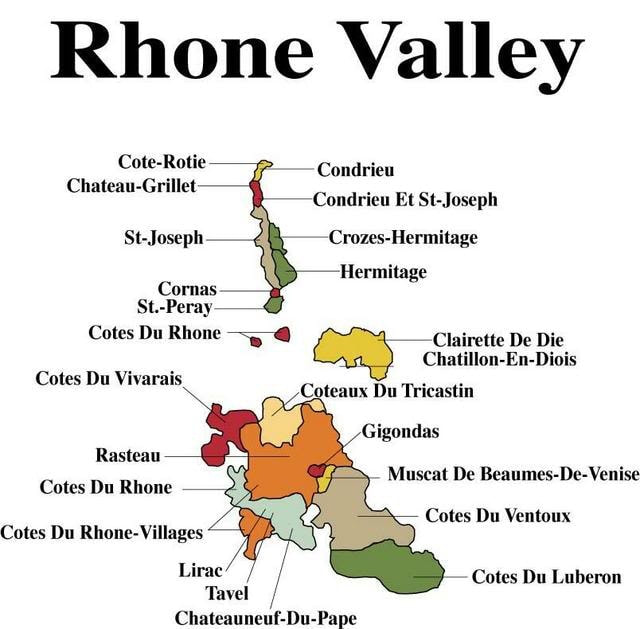
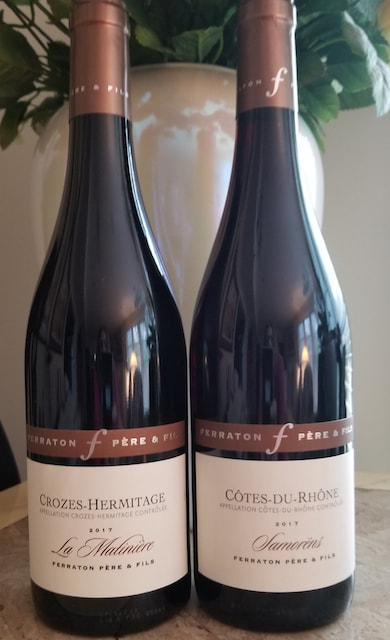
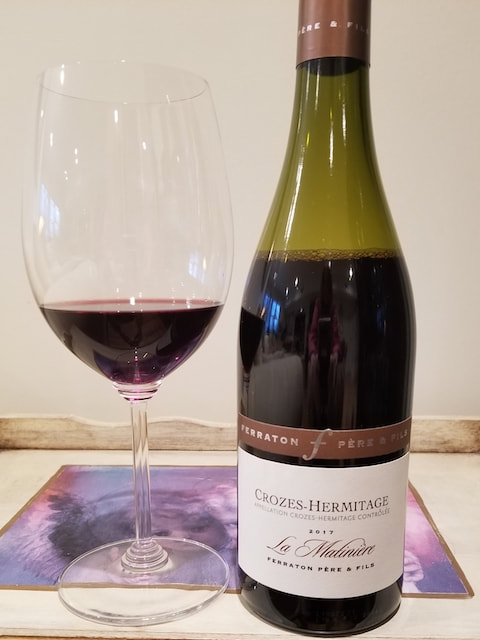
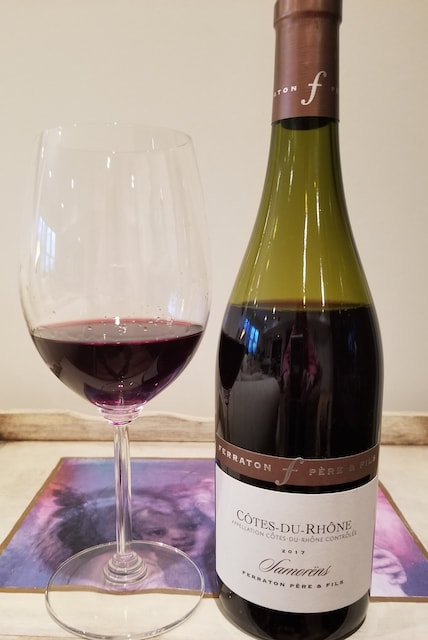
 RSS Feed
RSS Feed